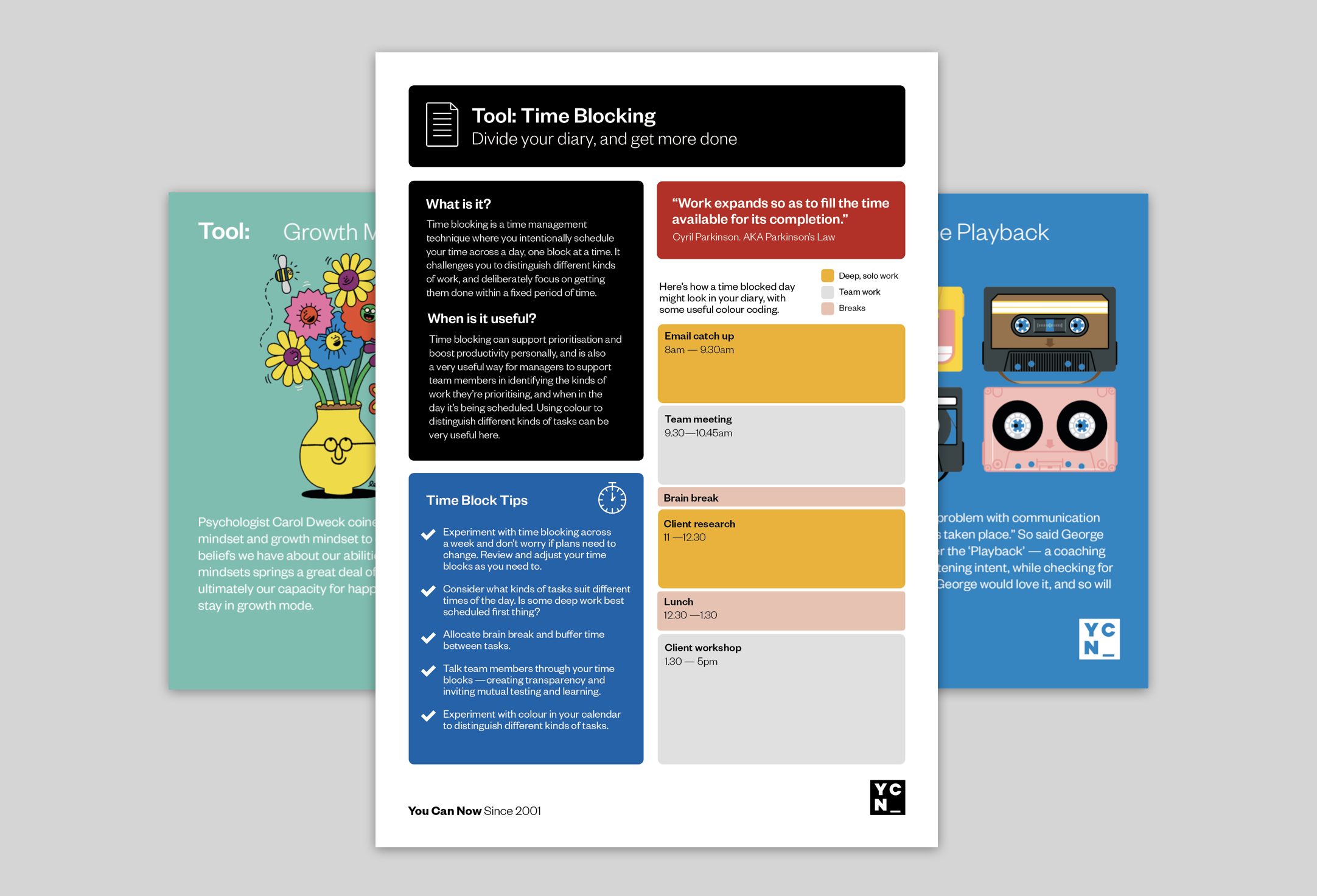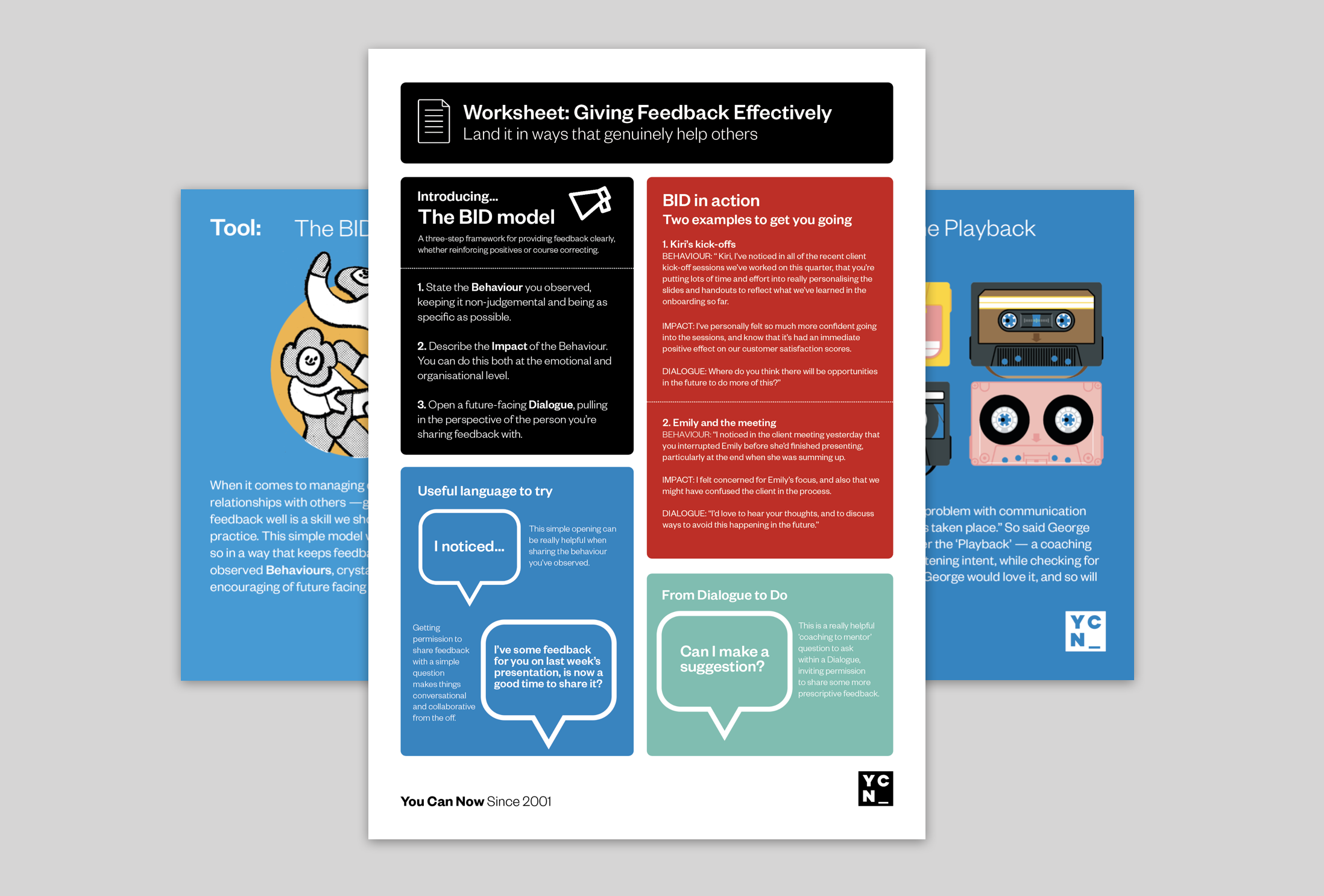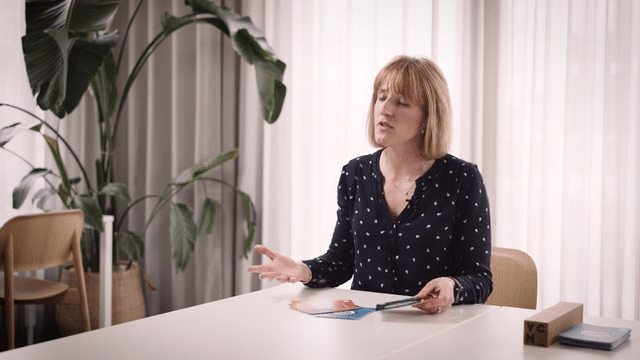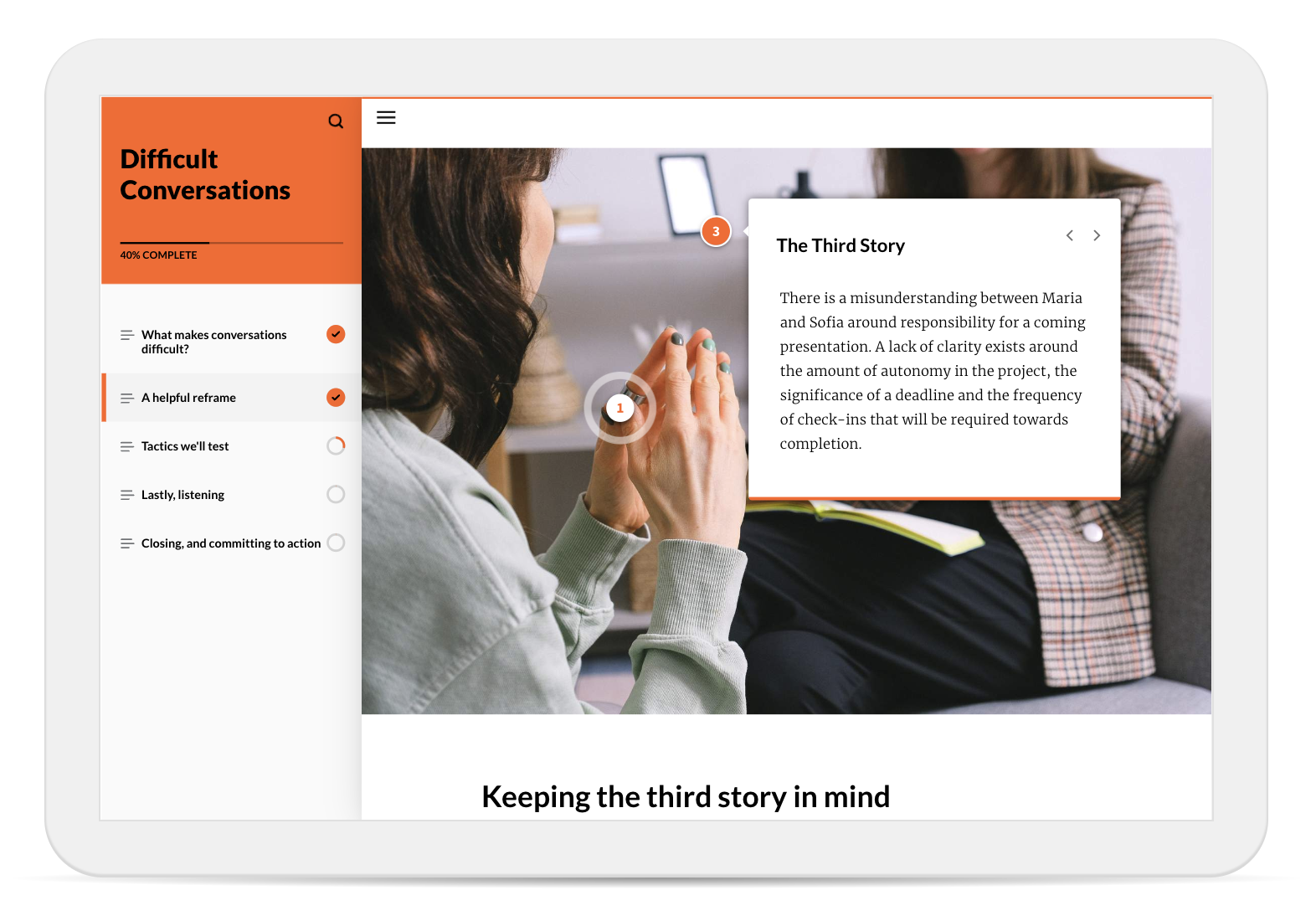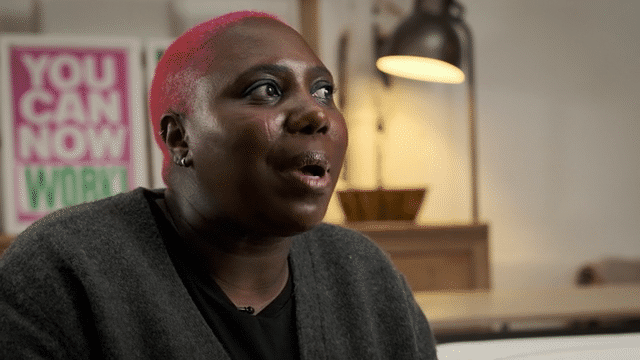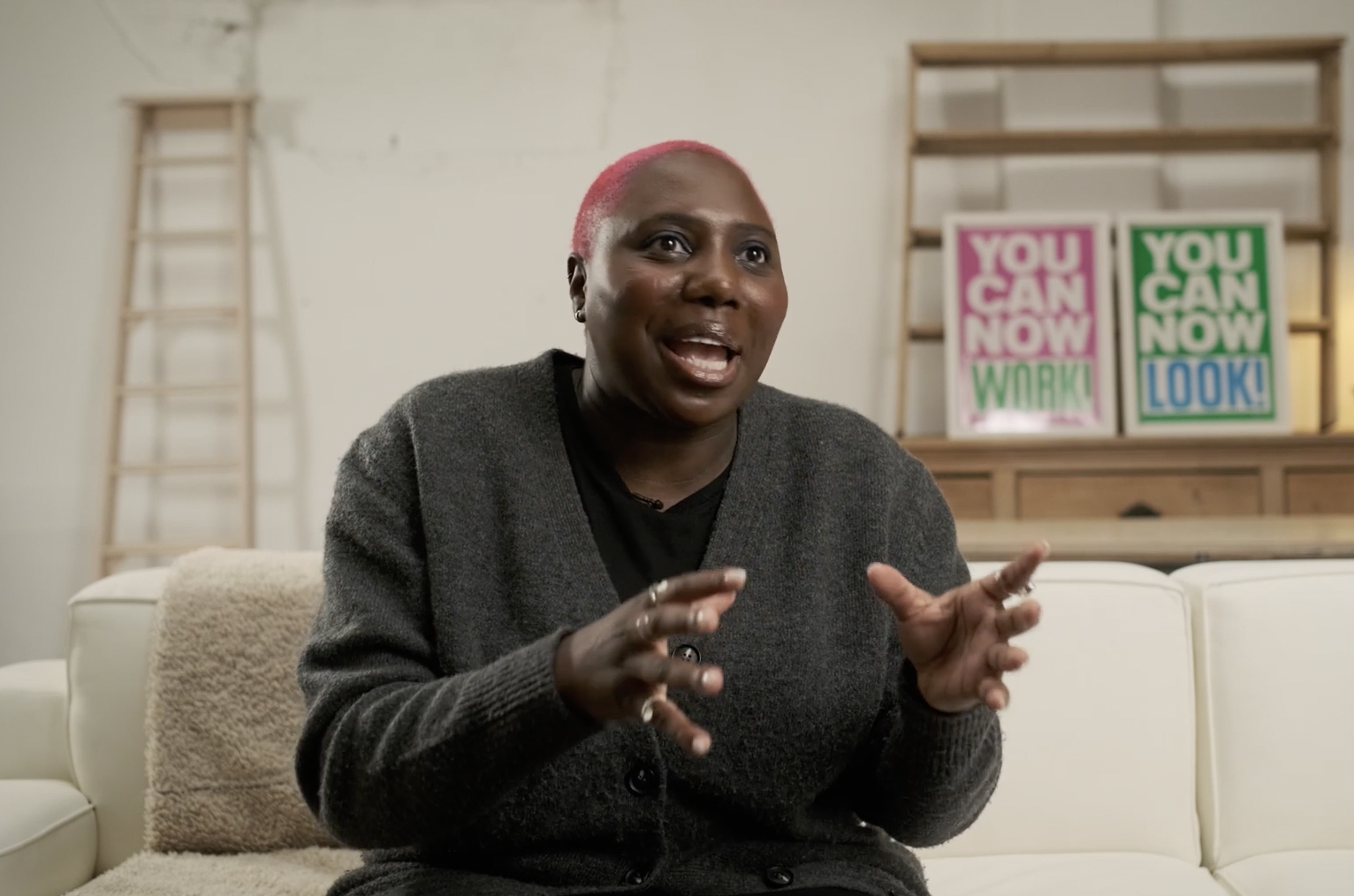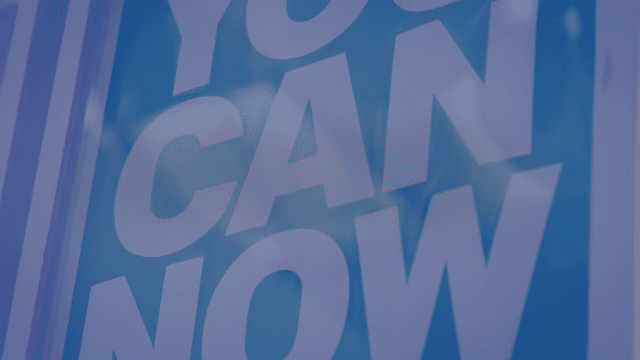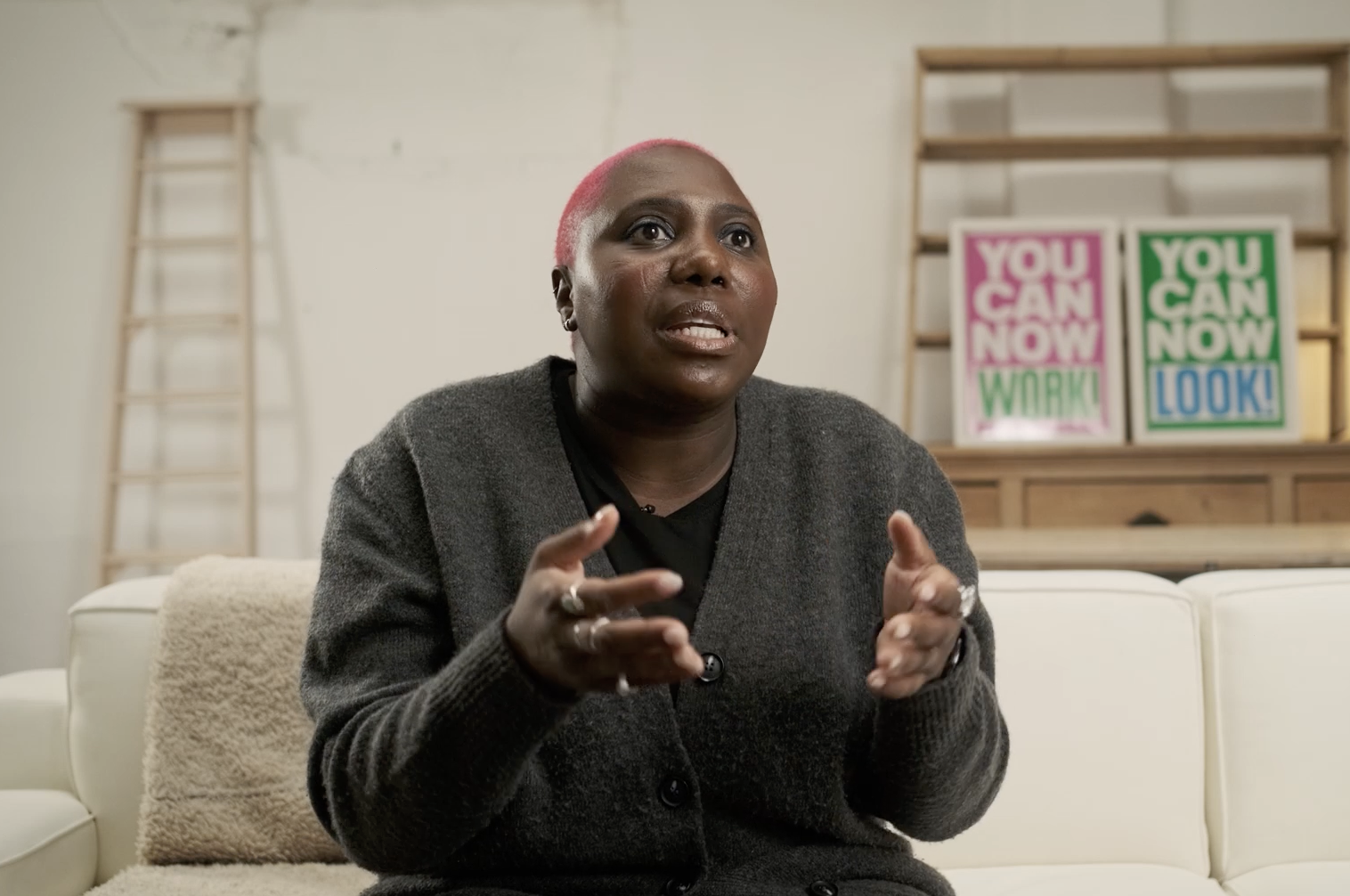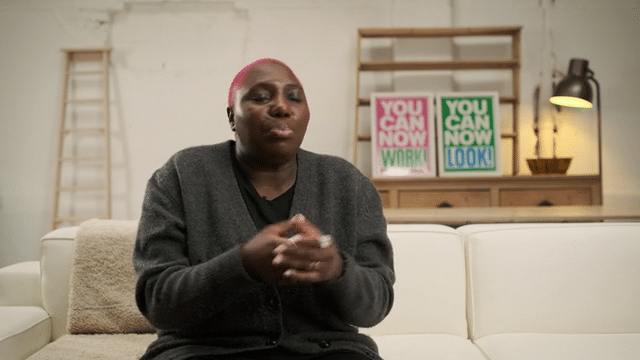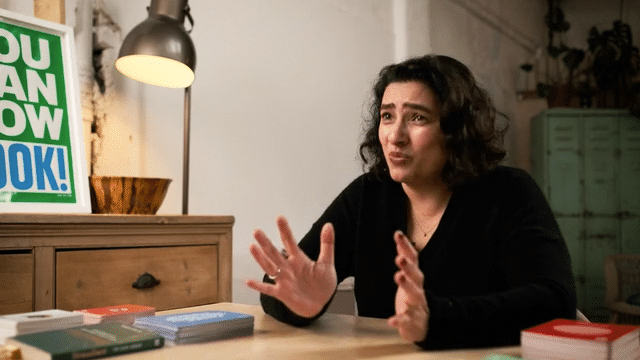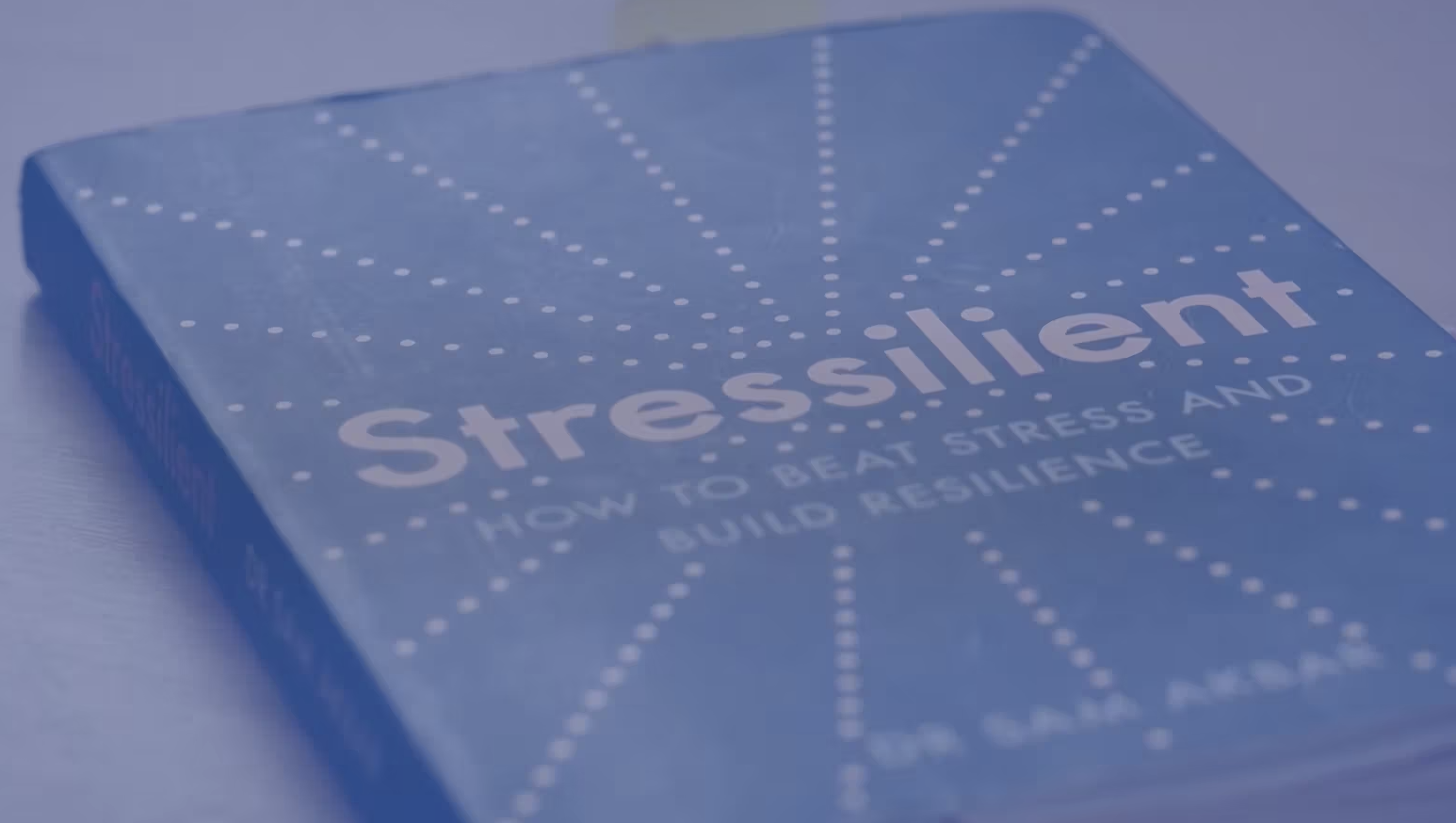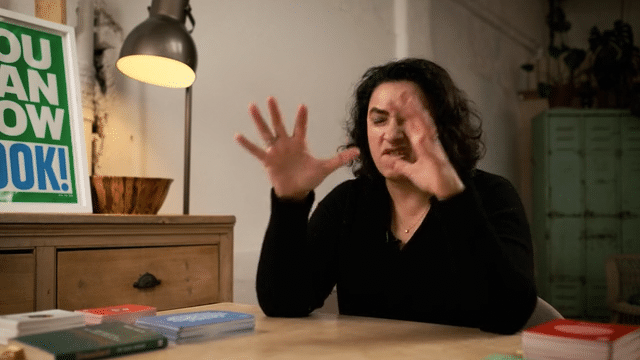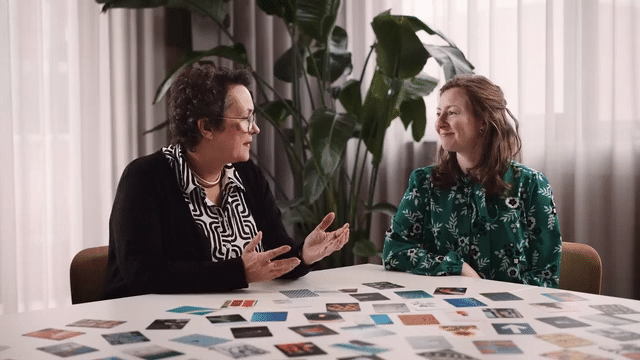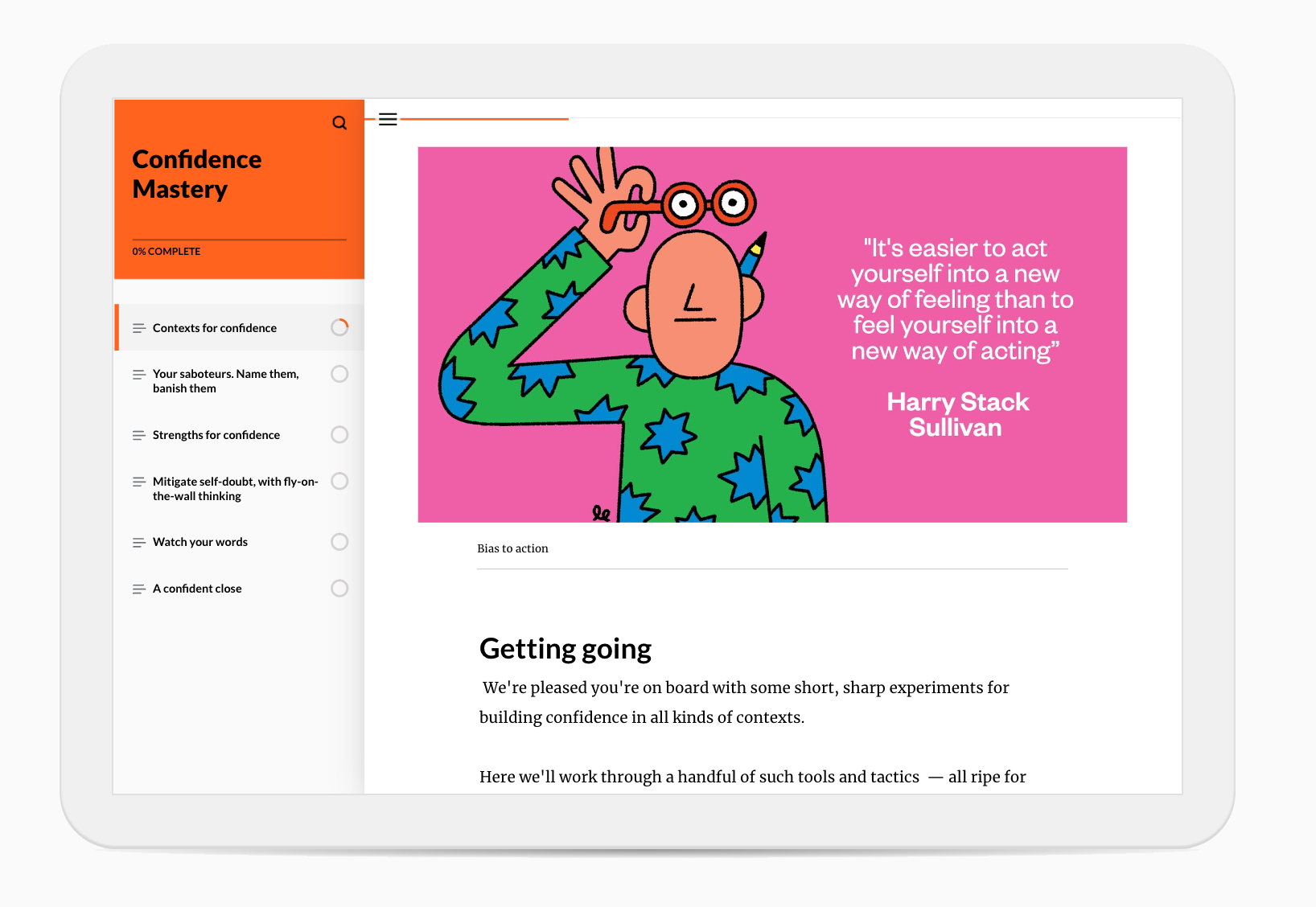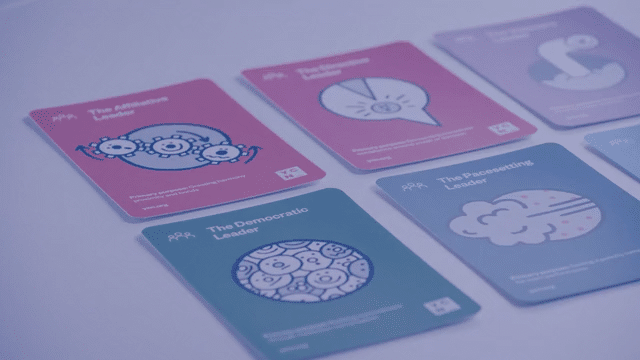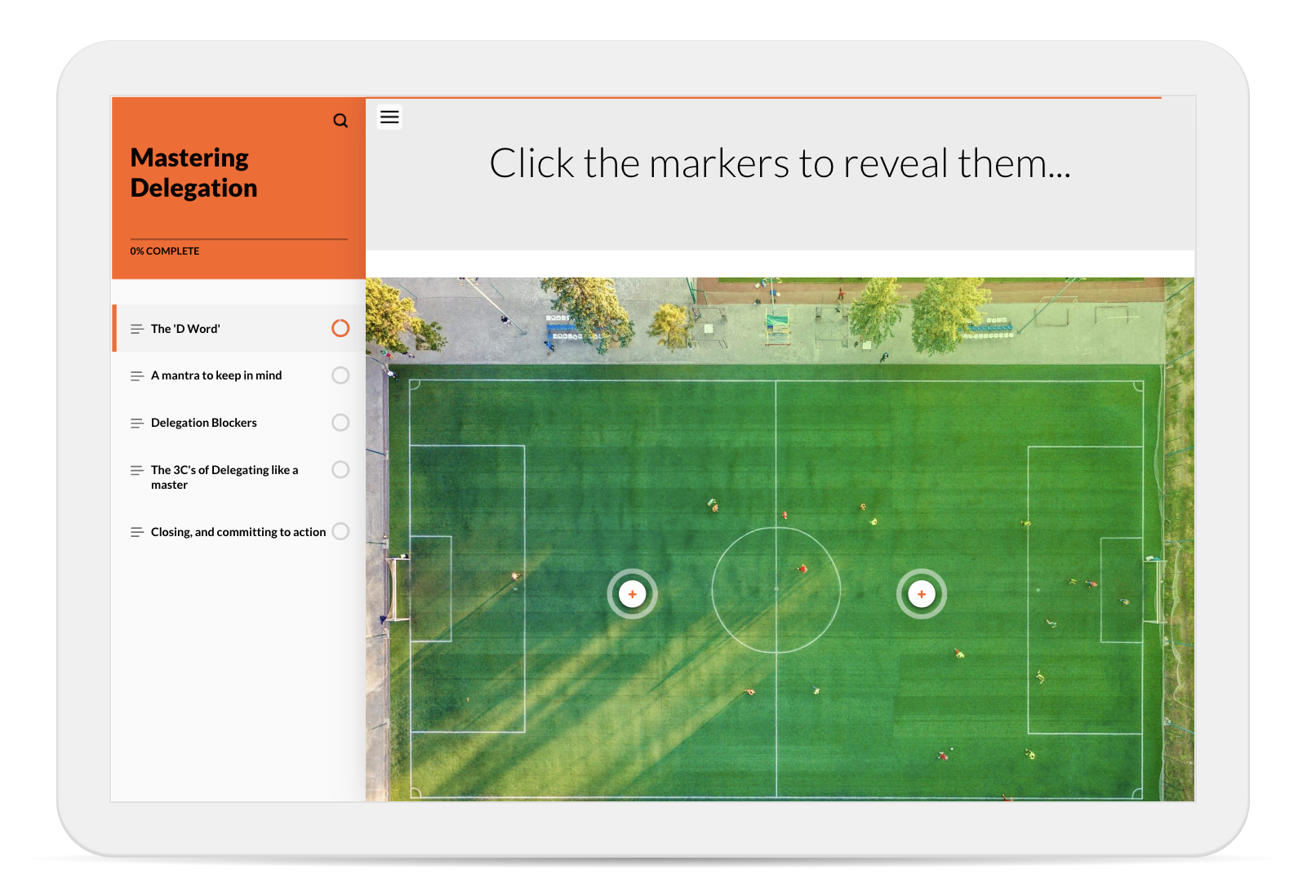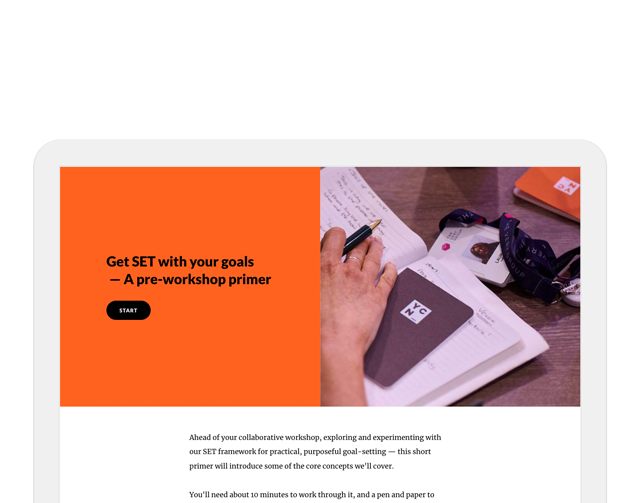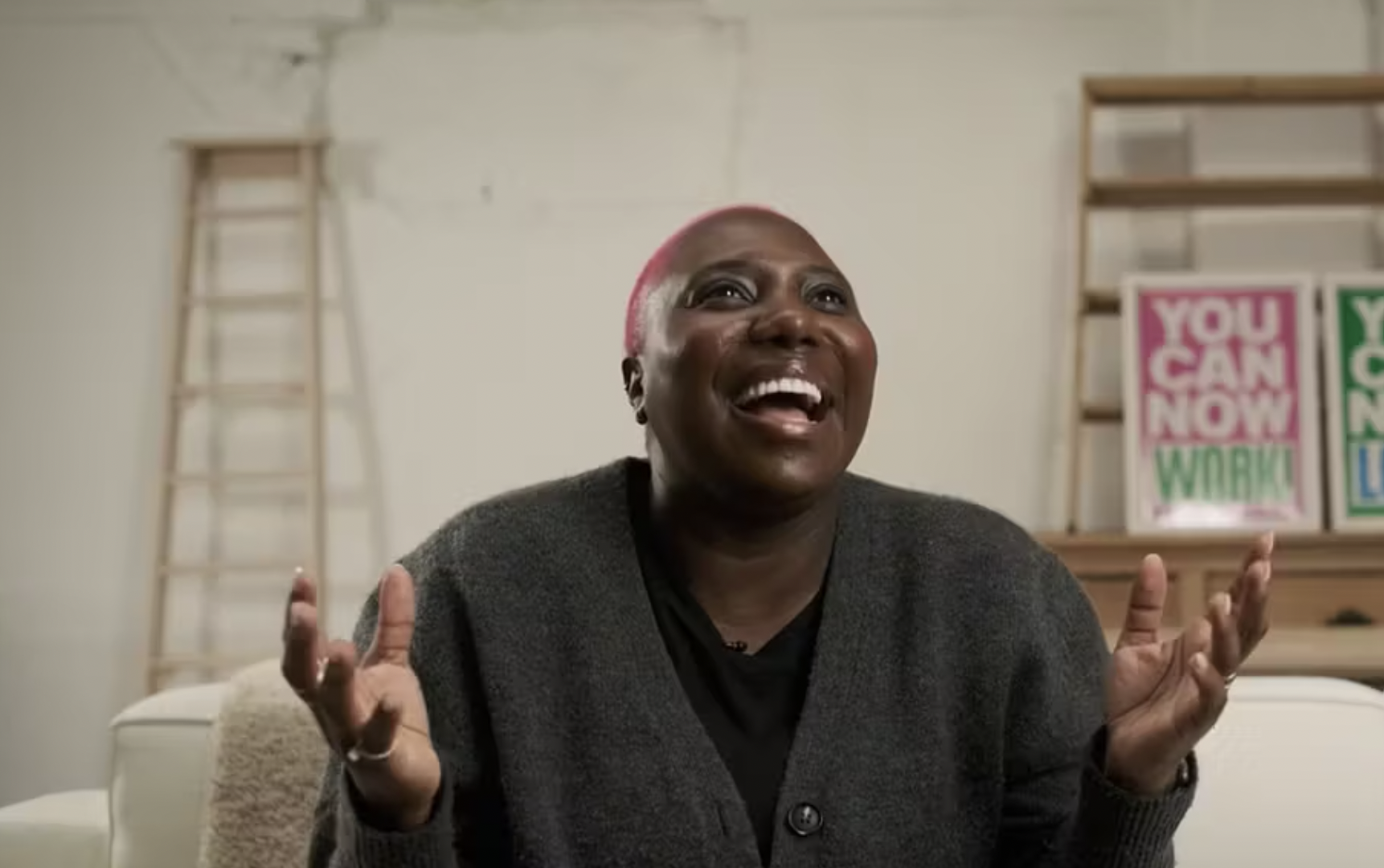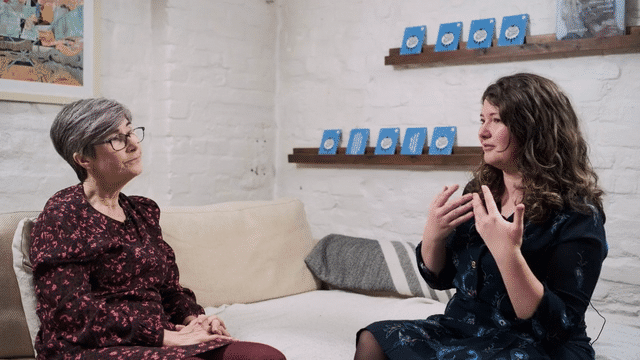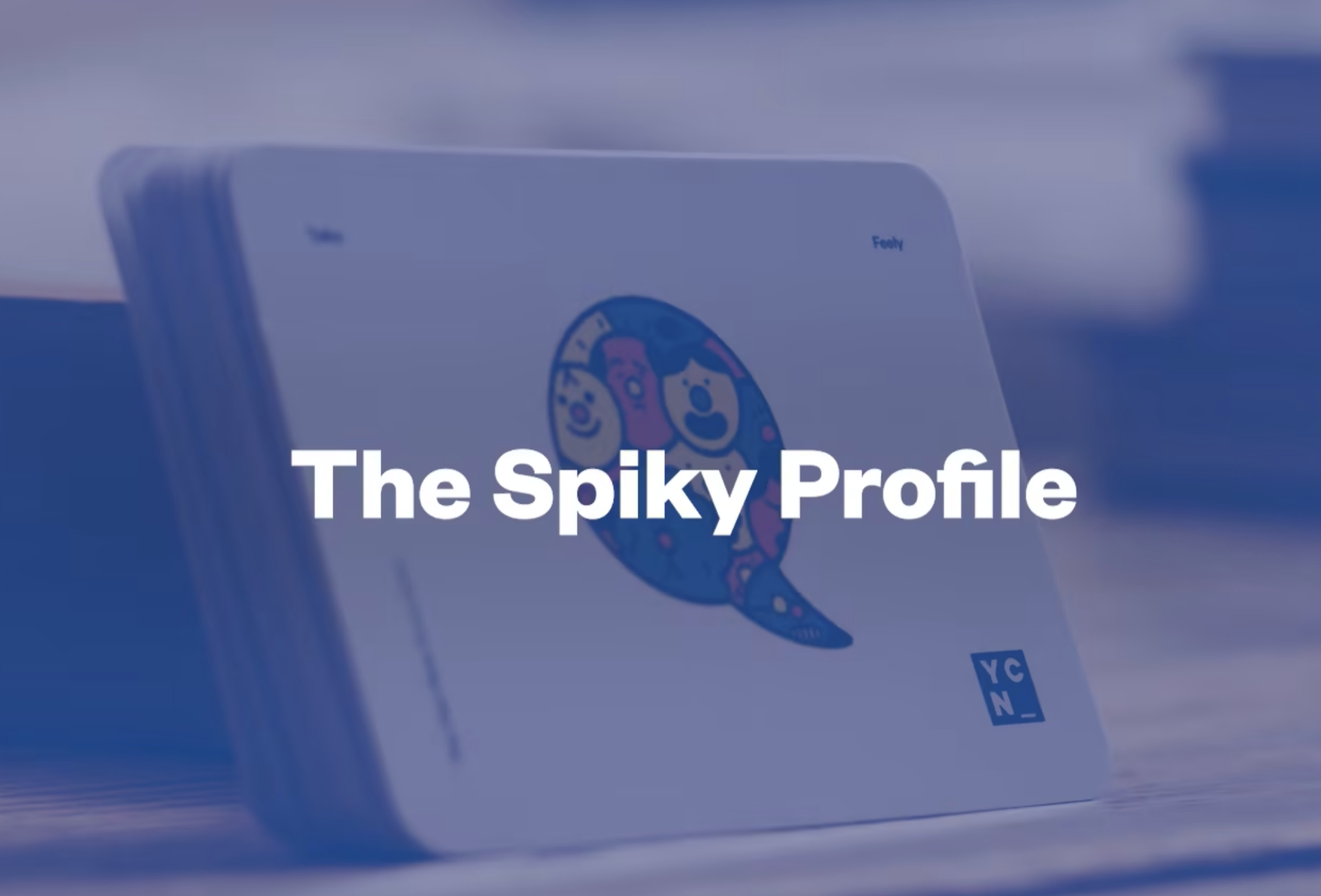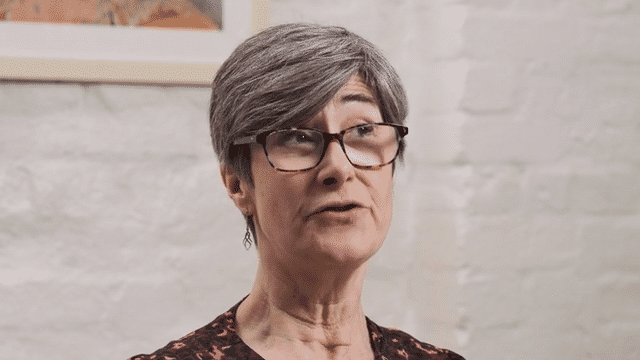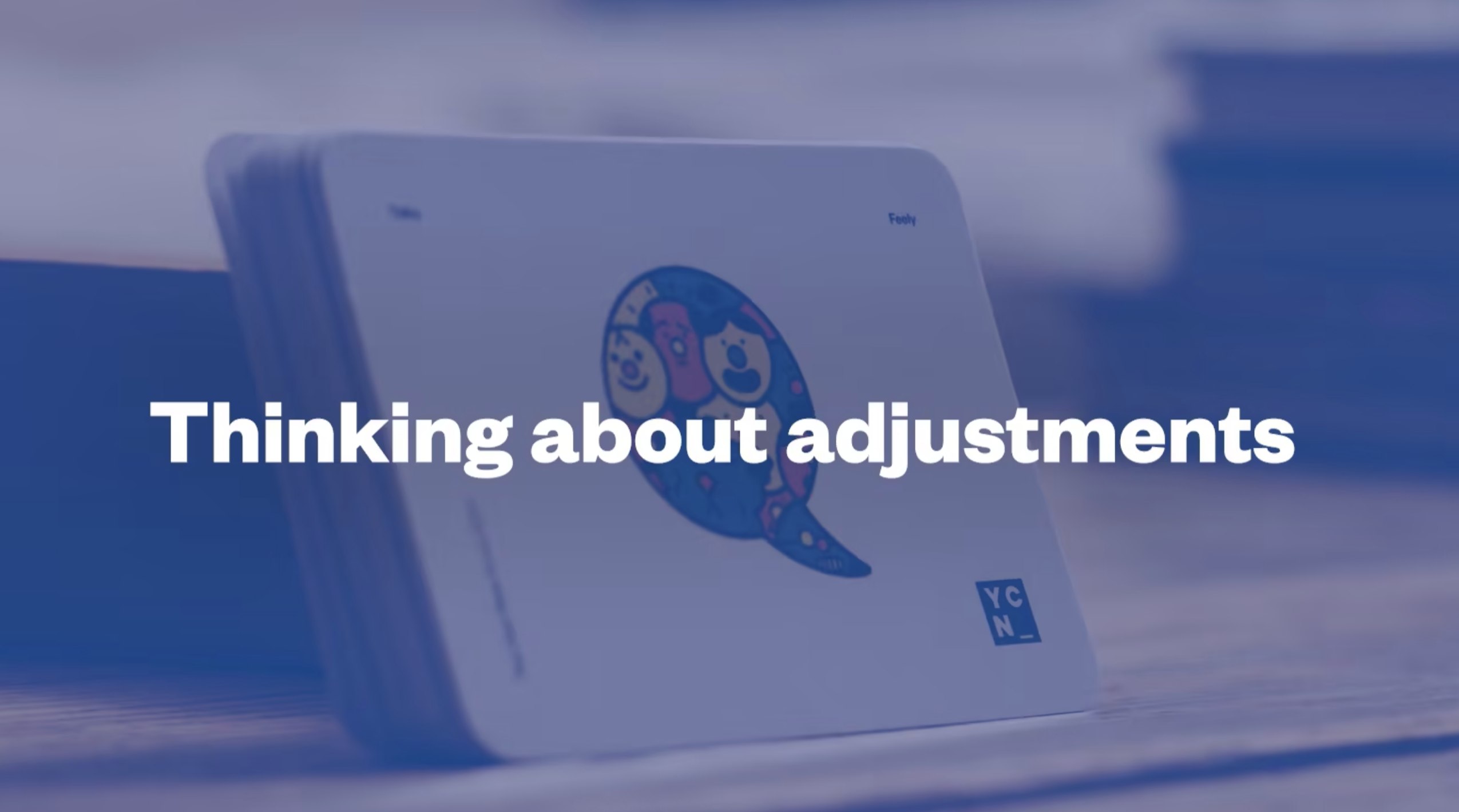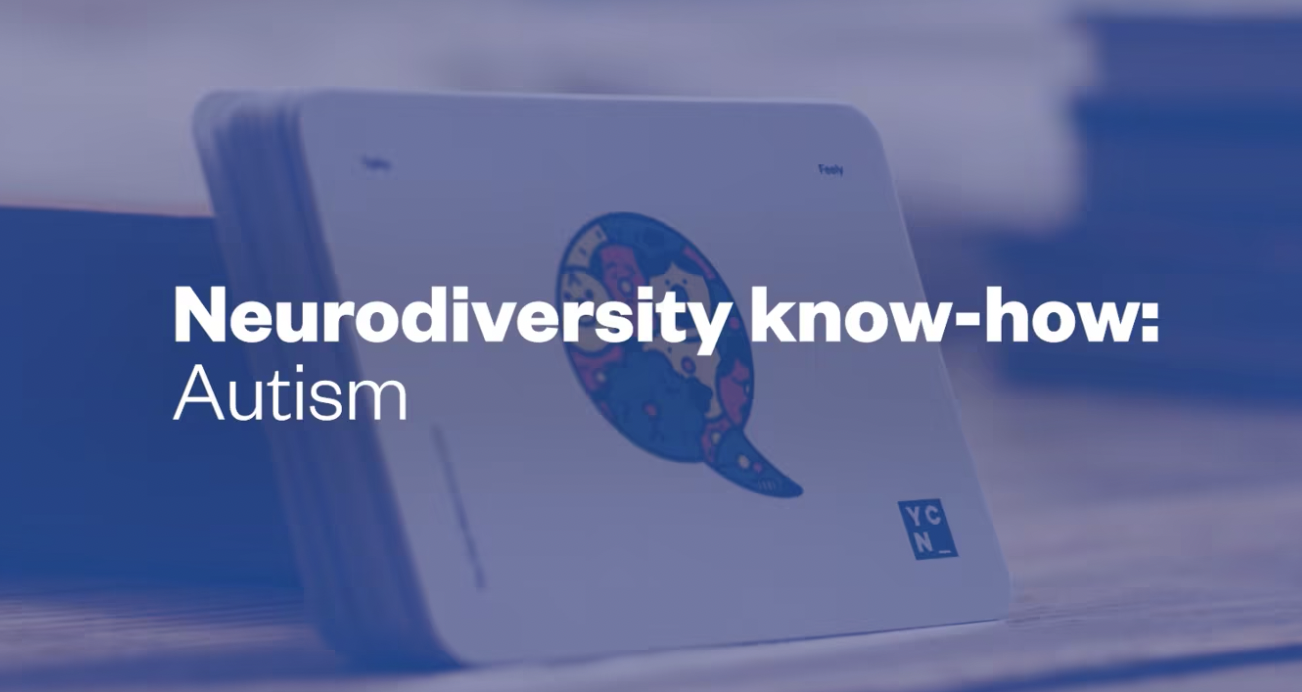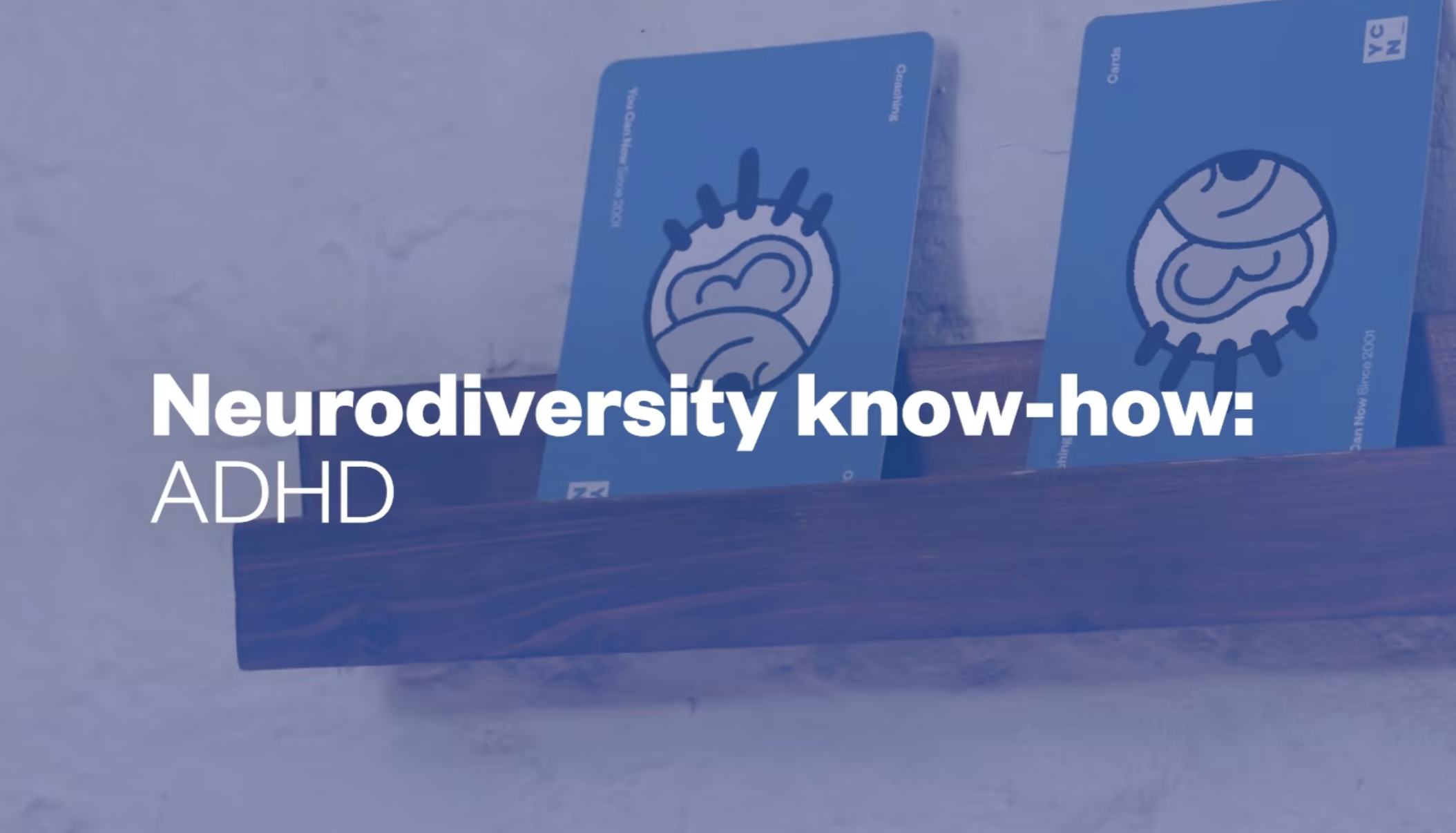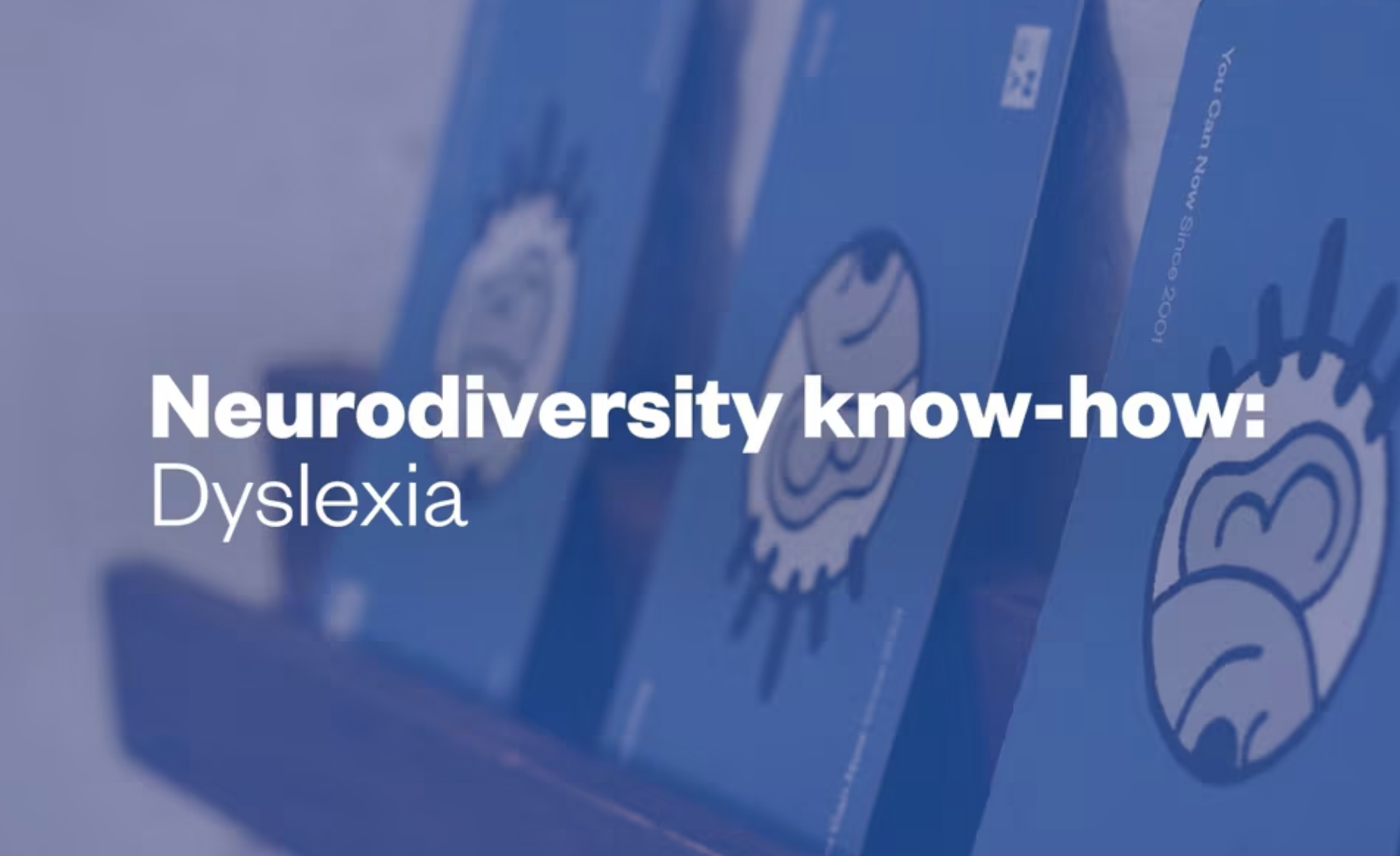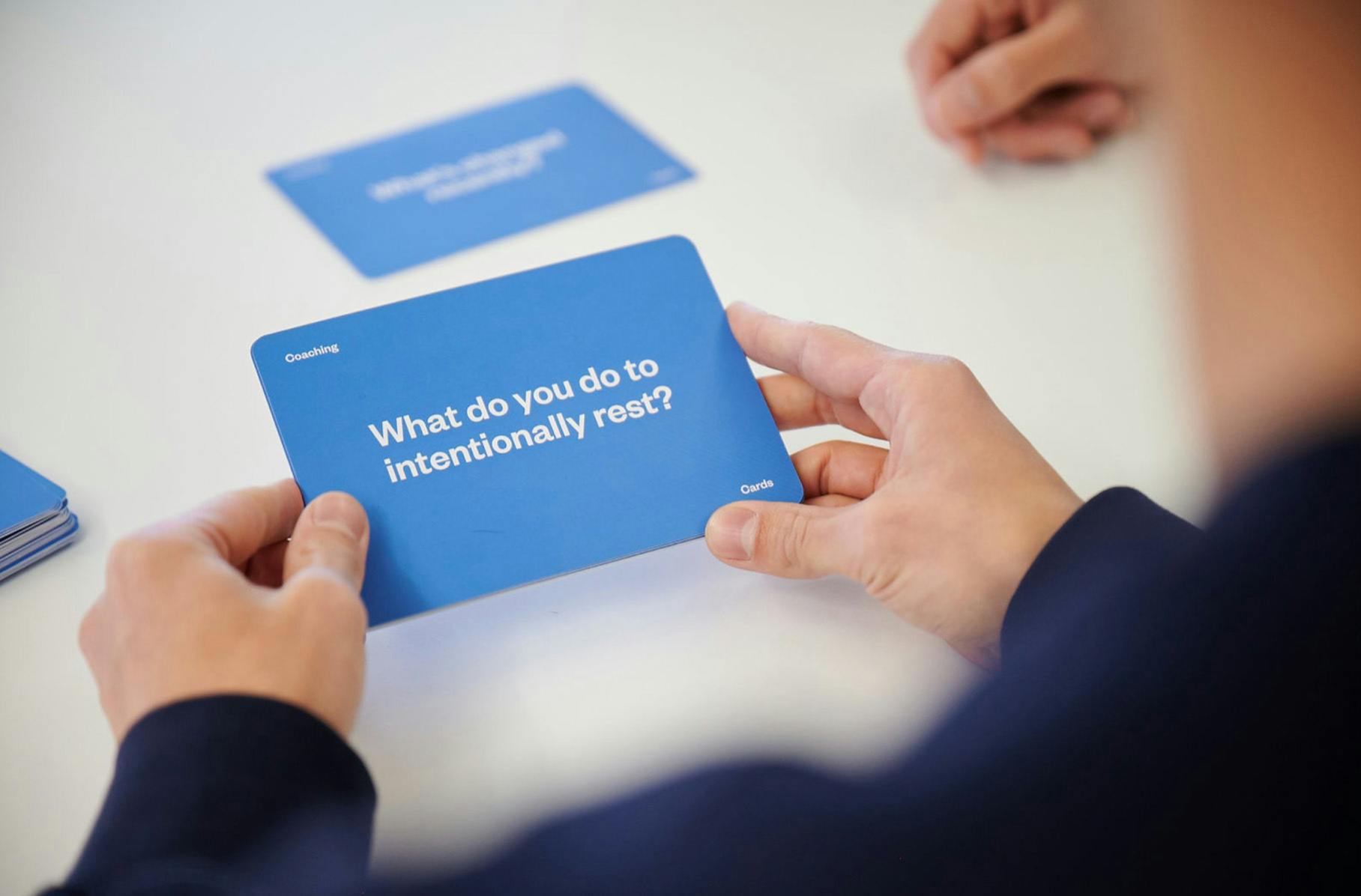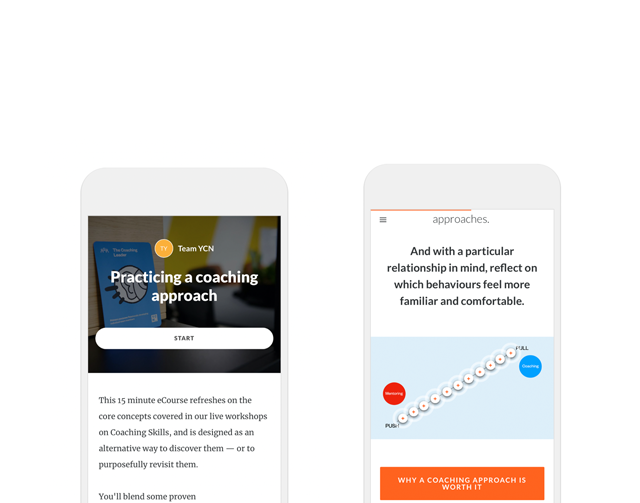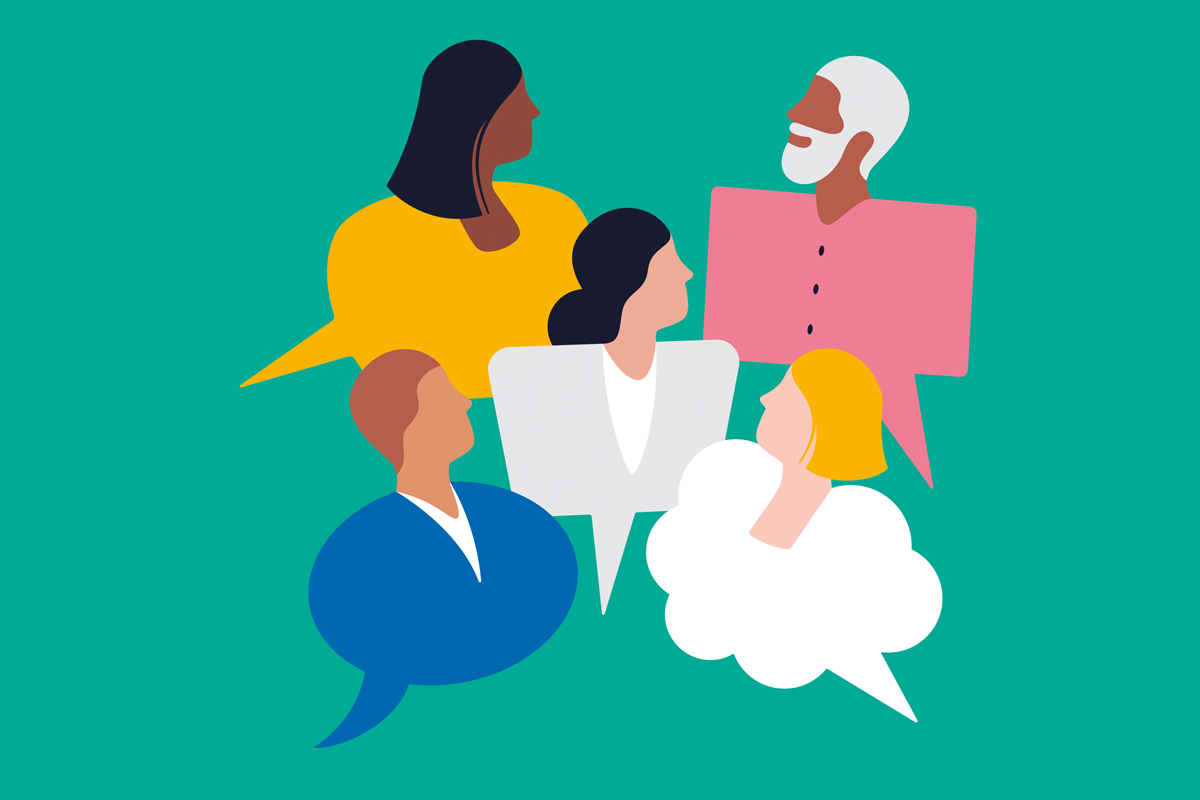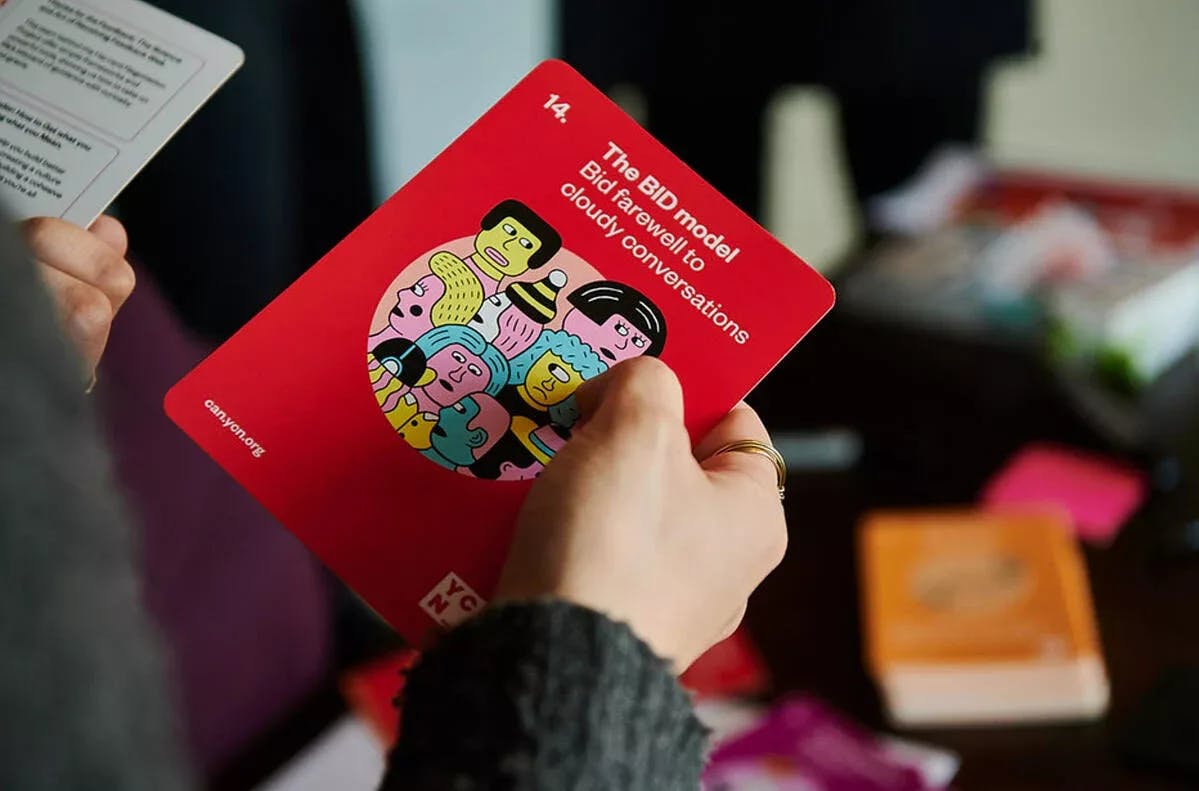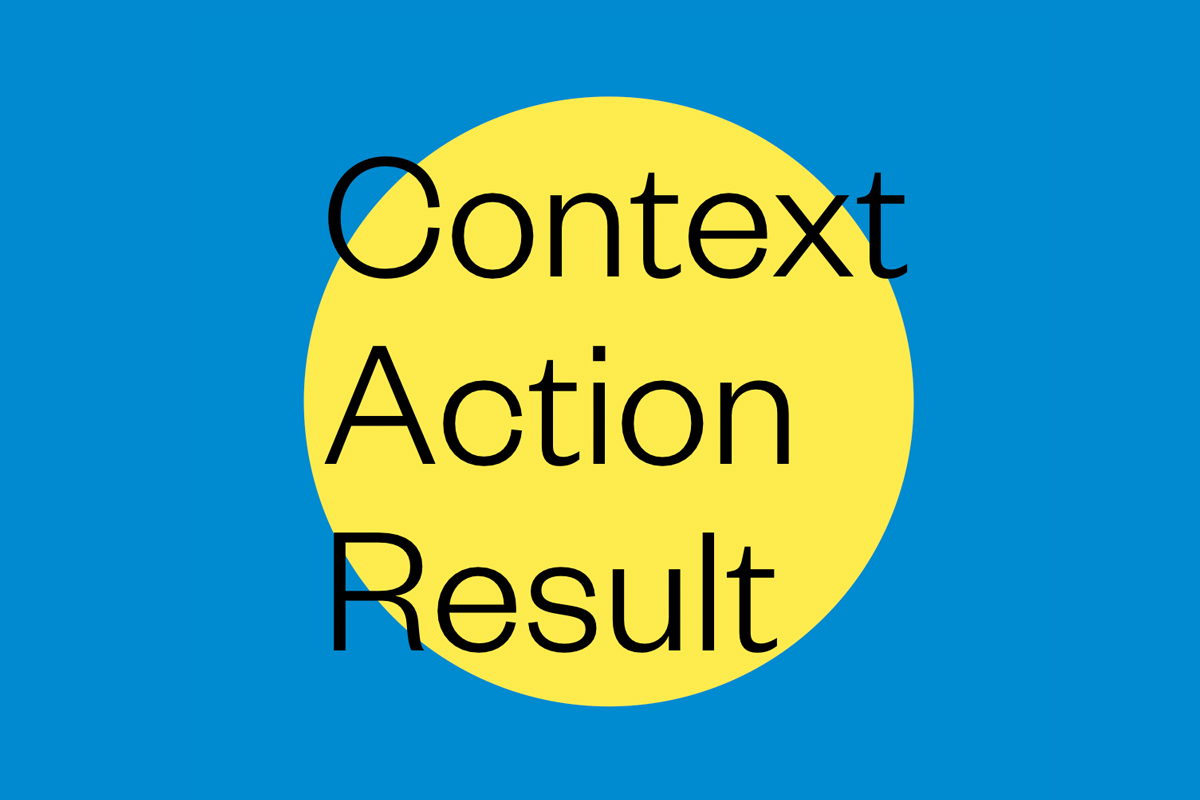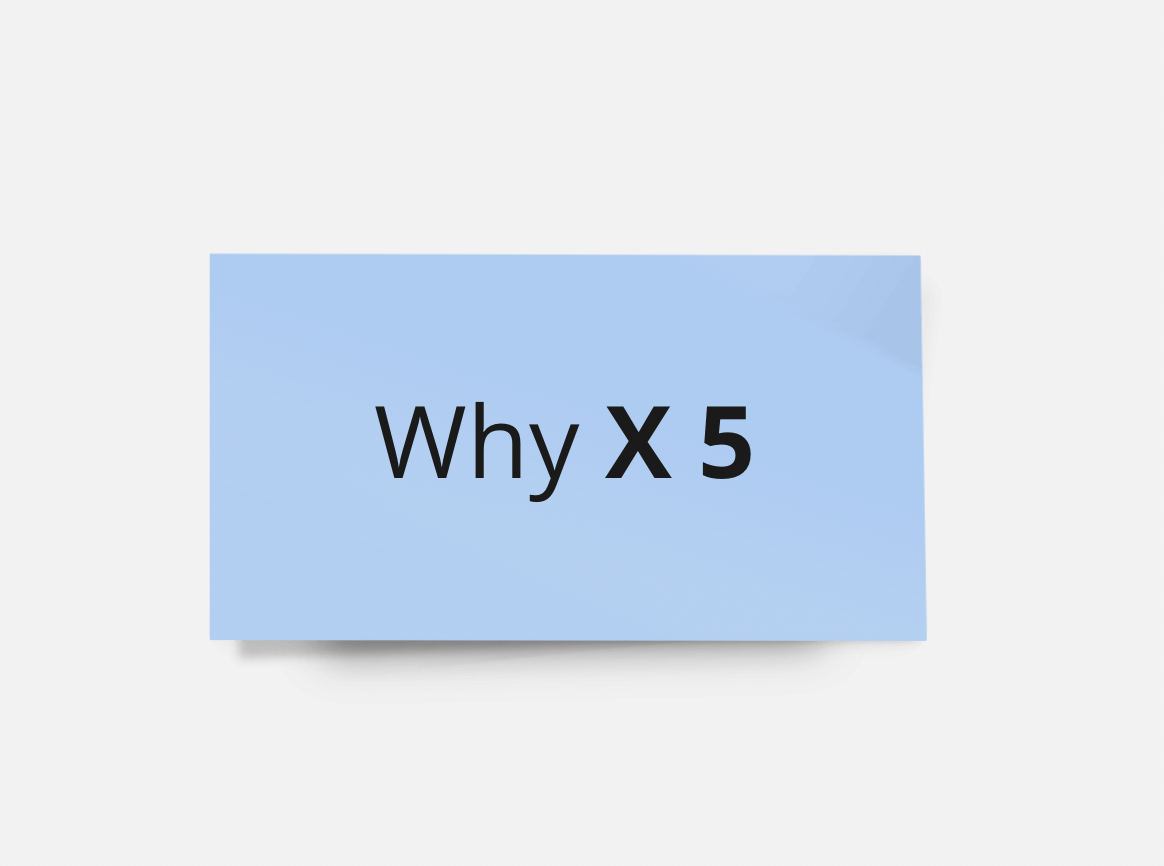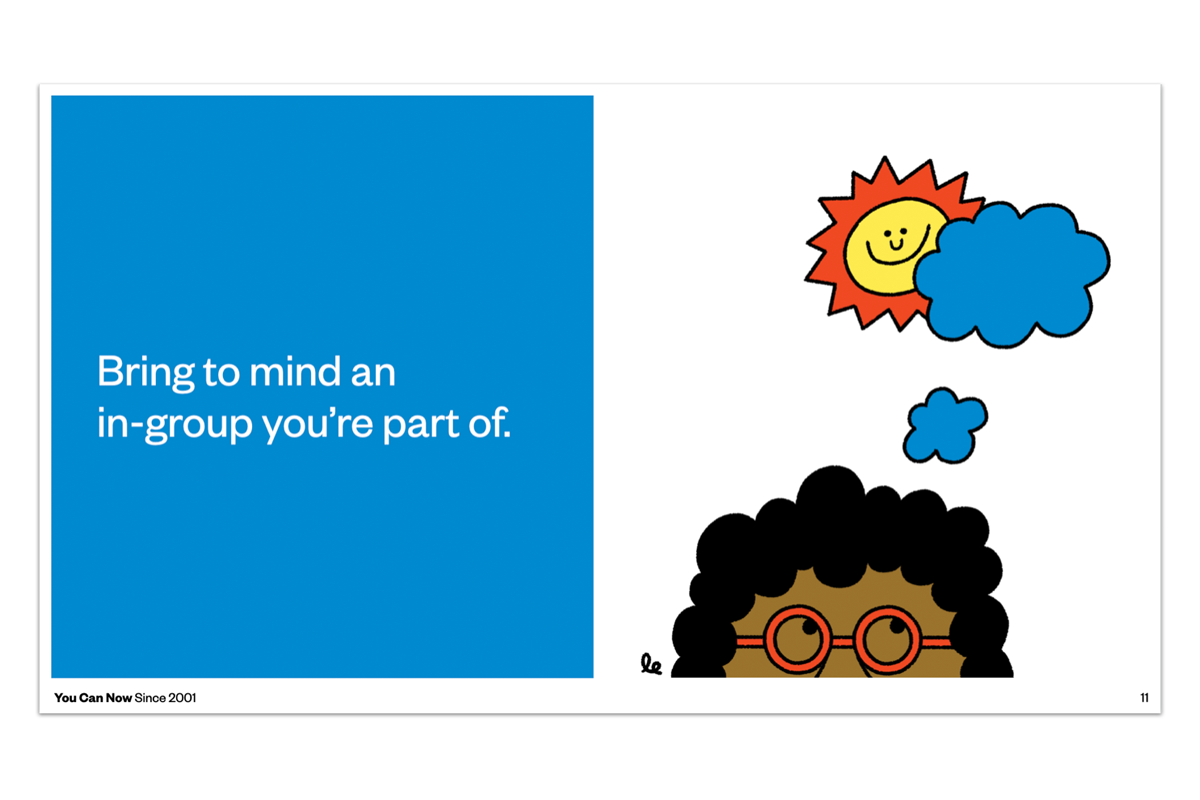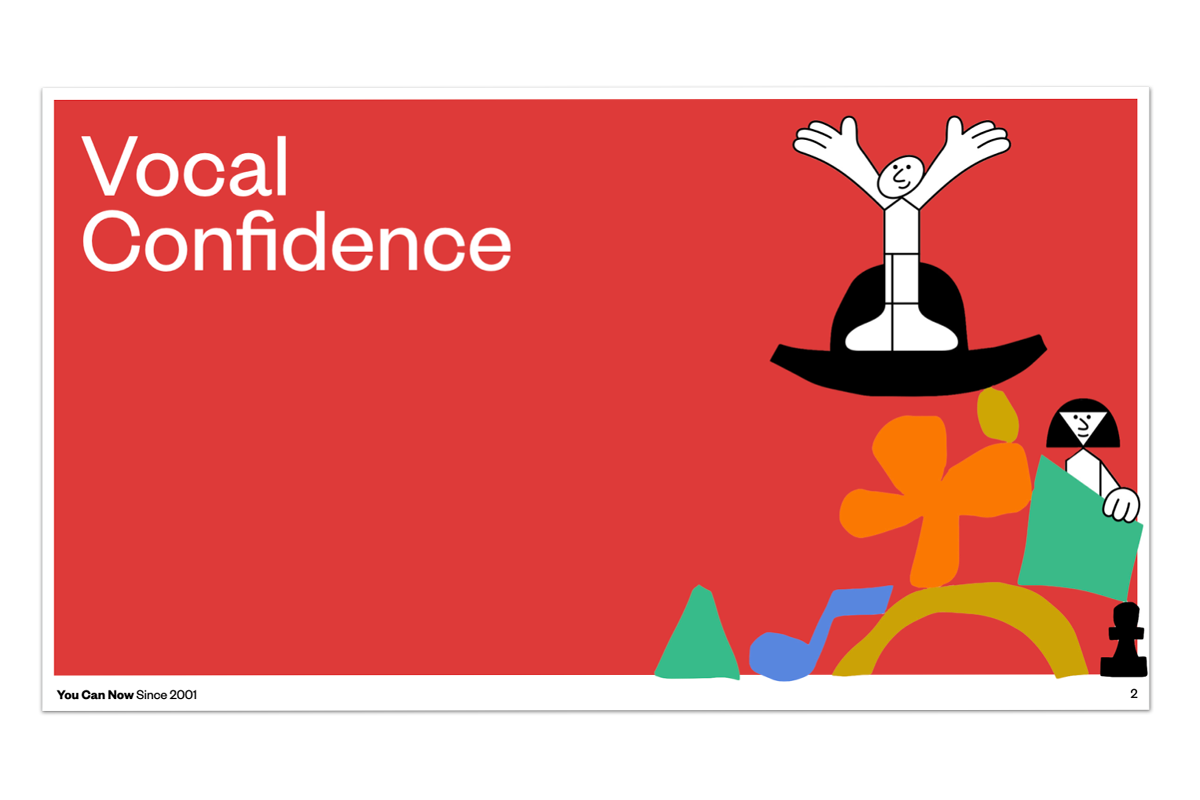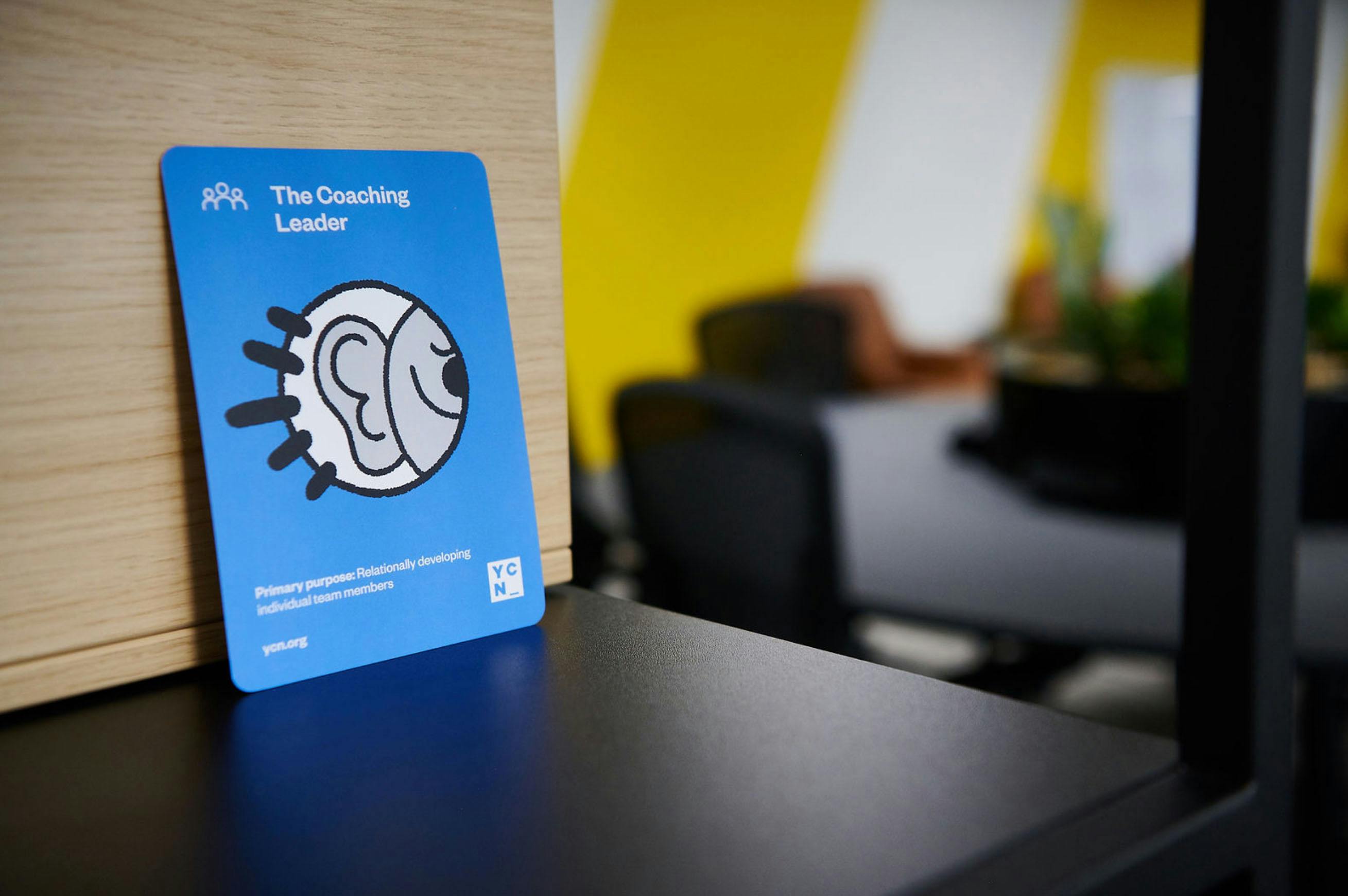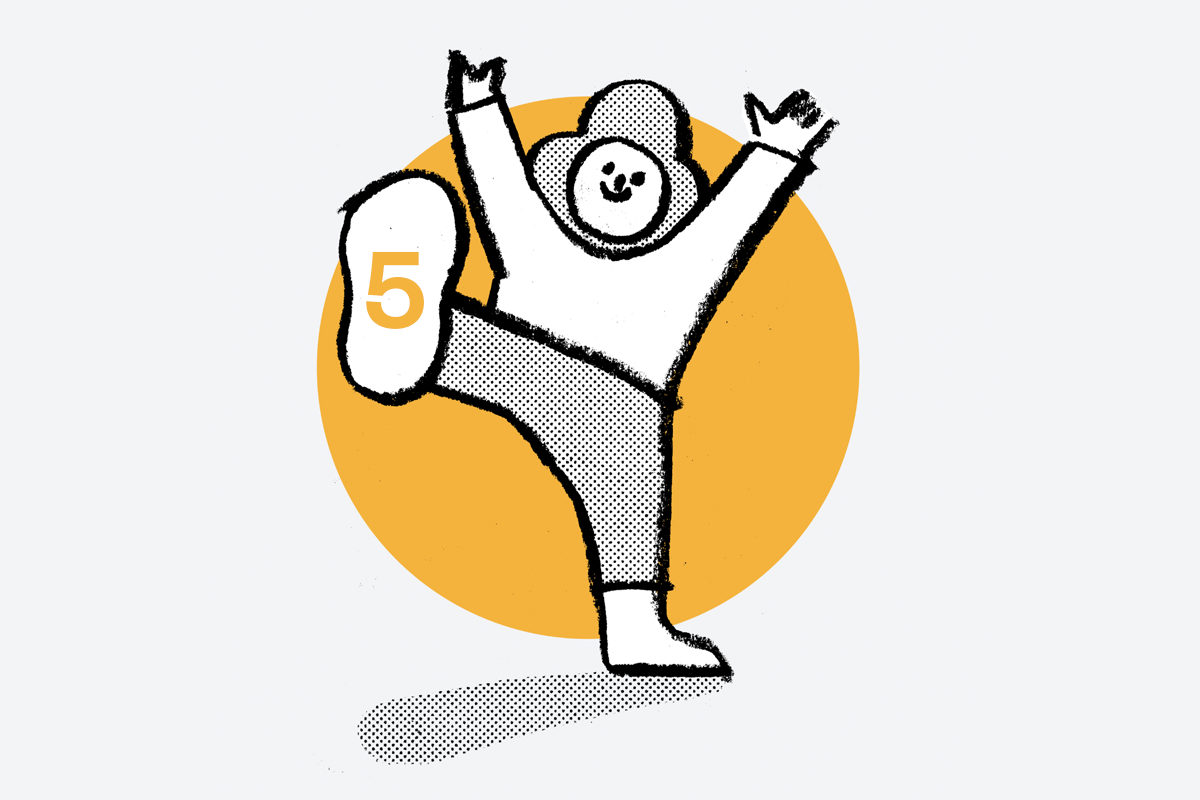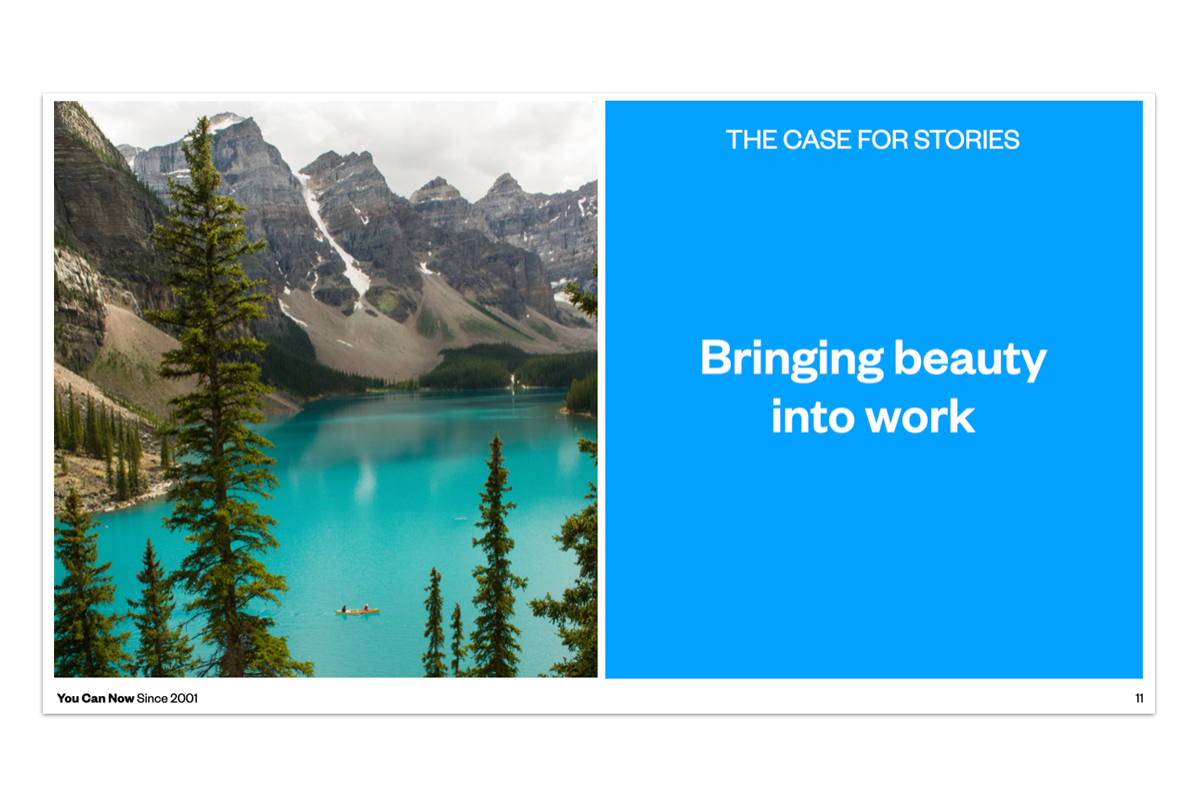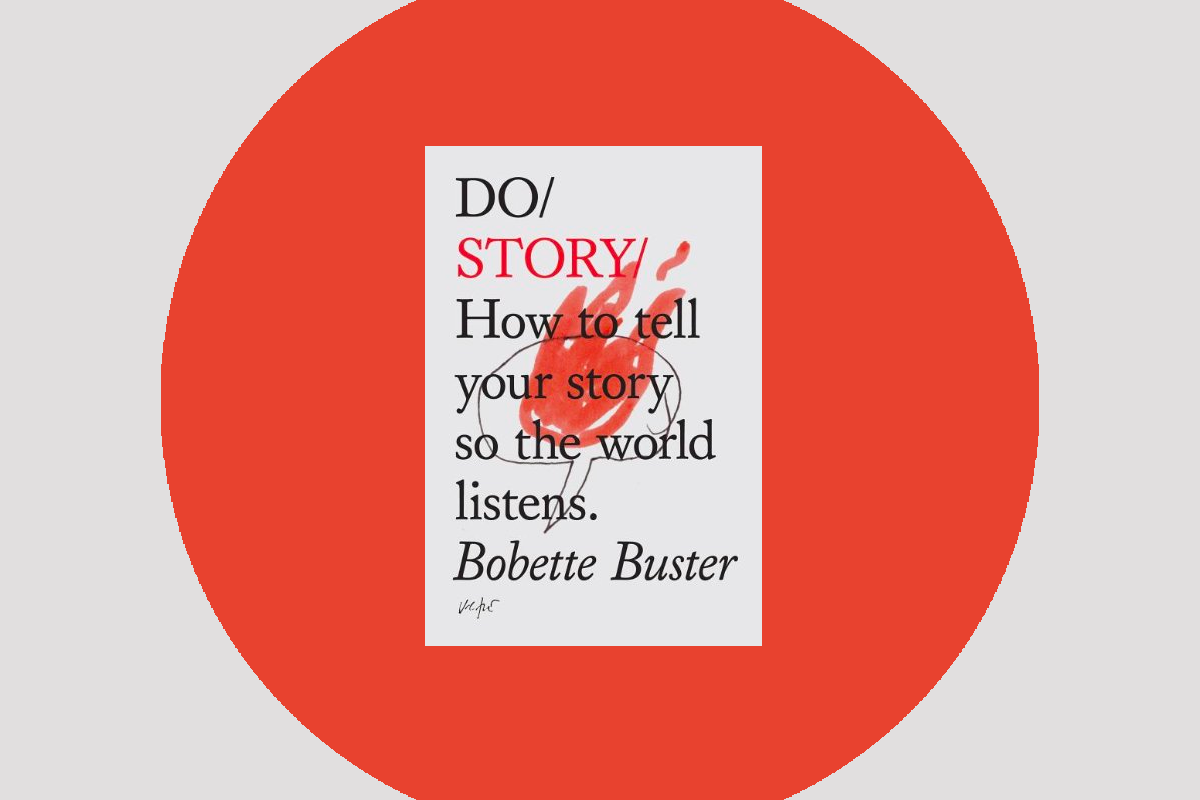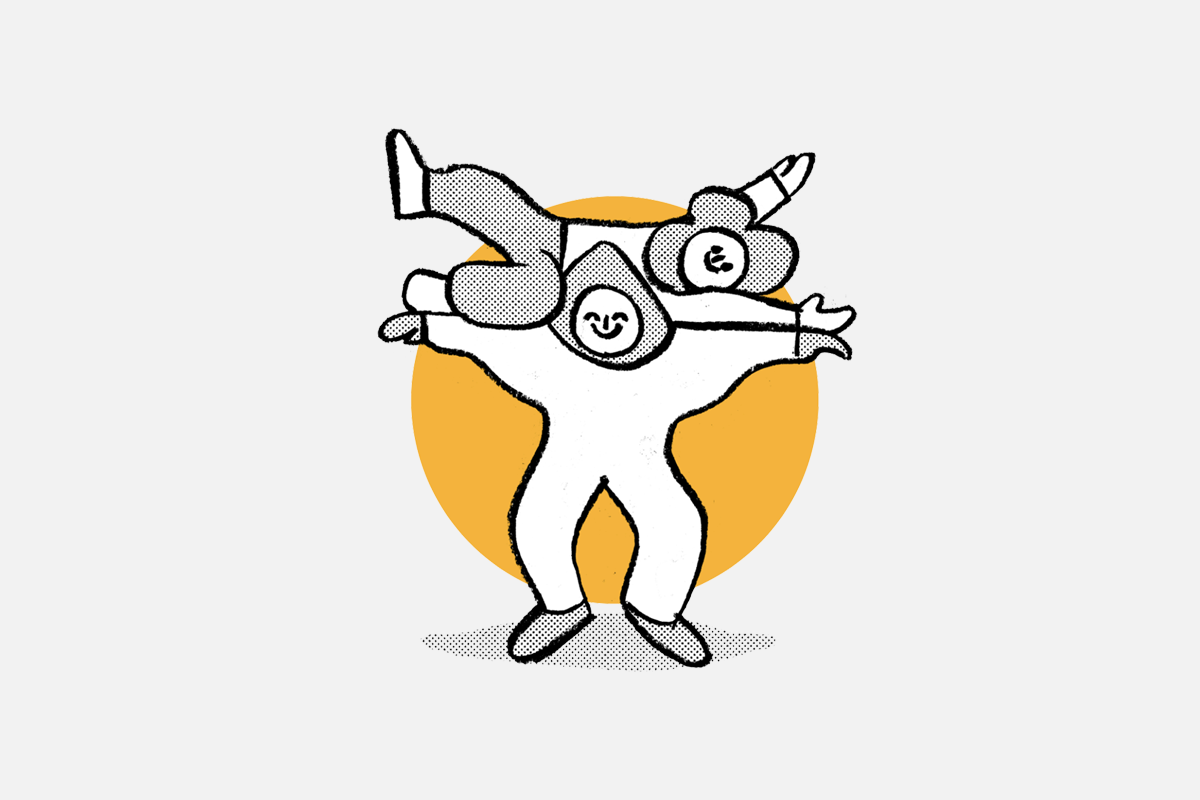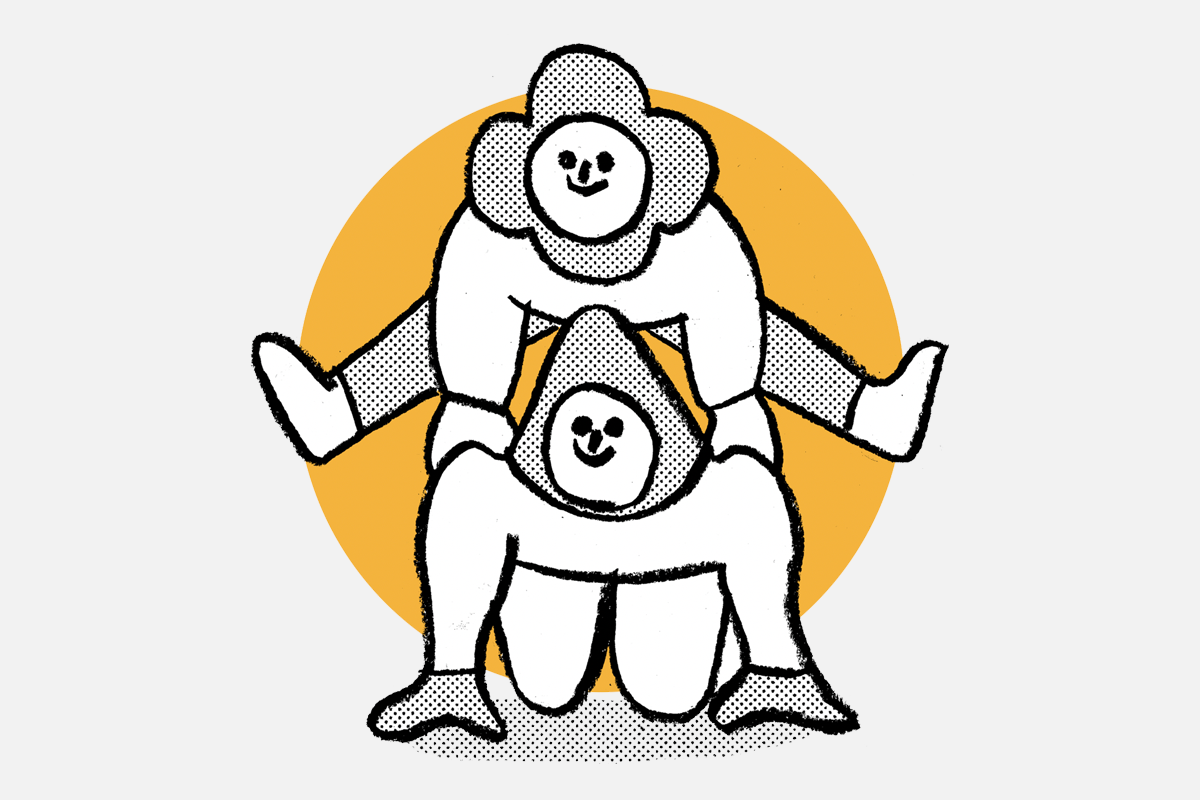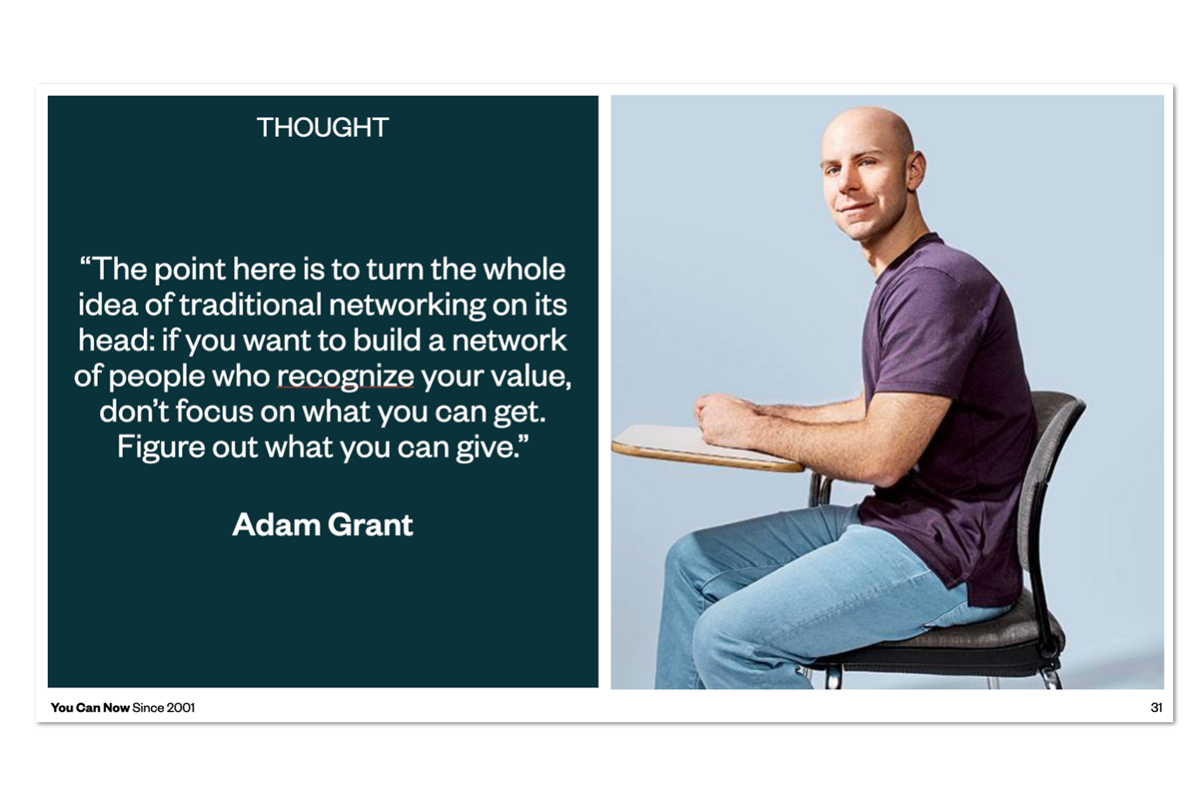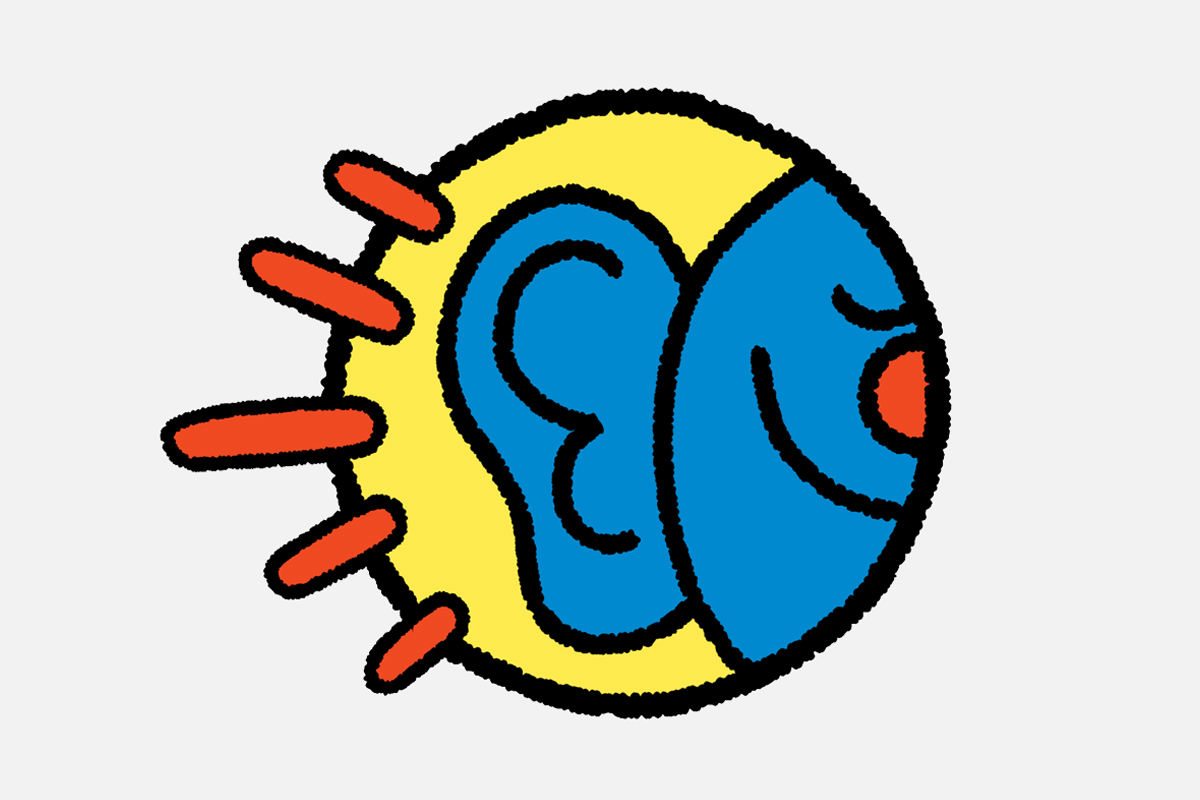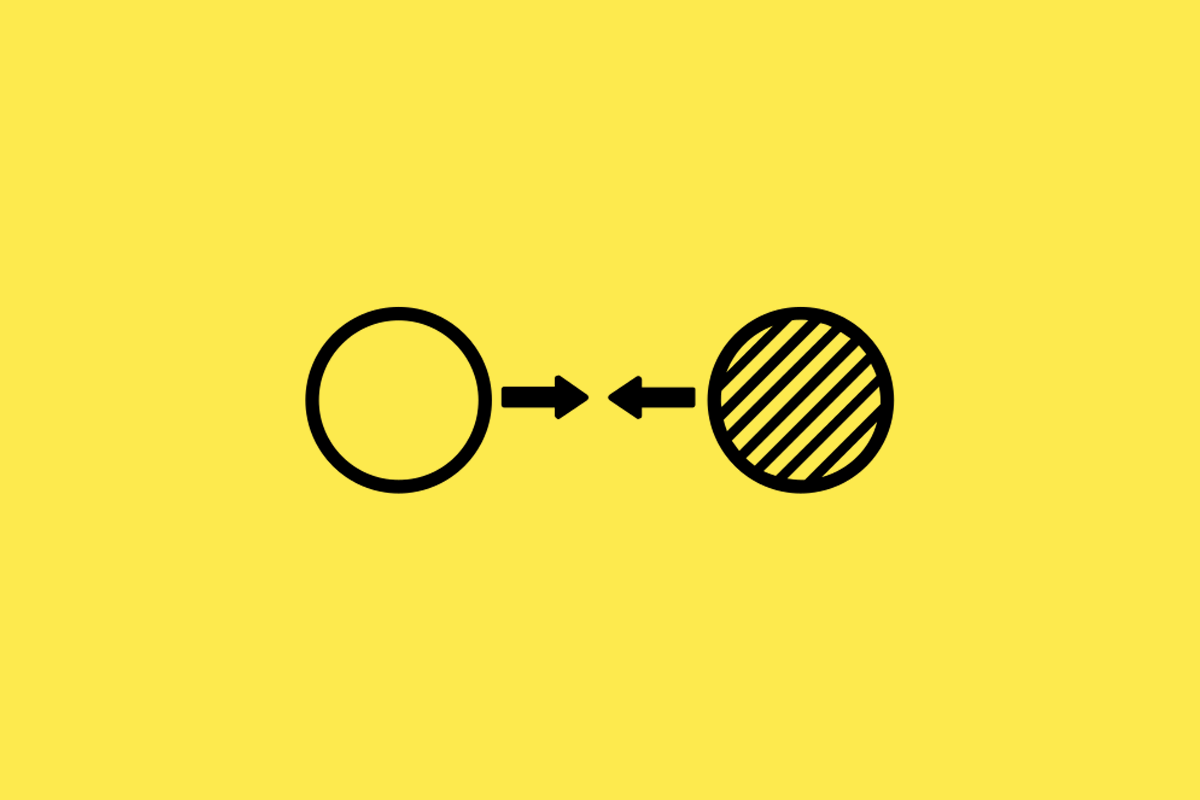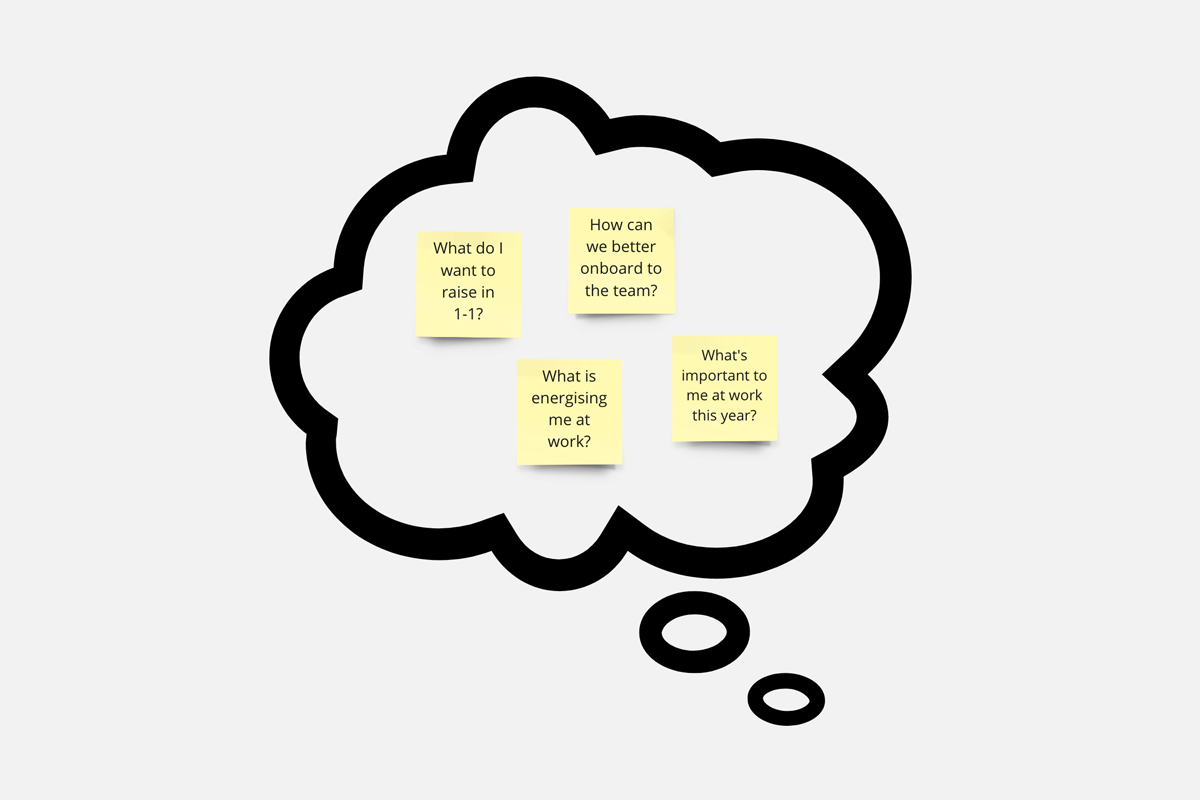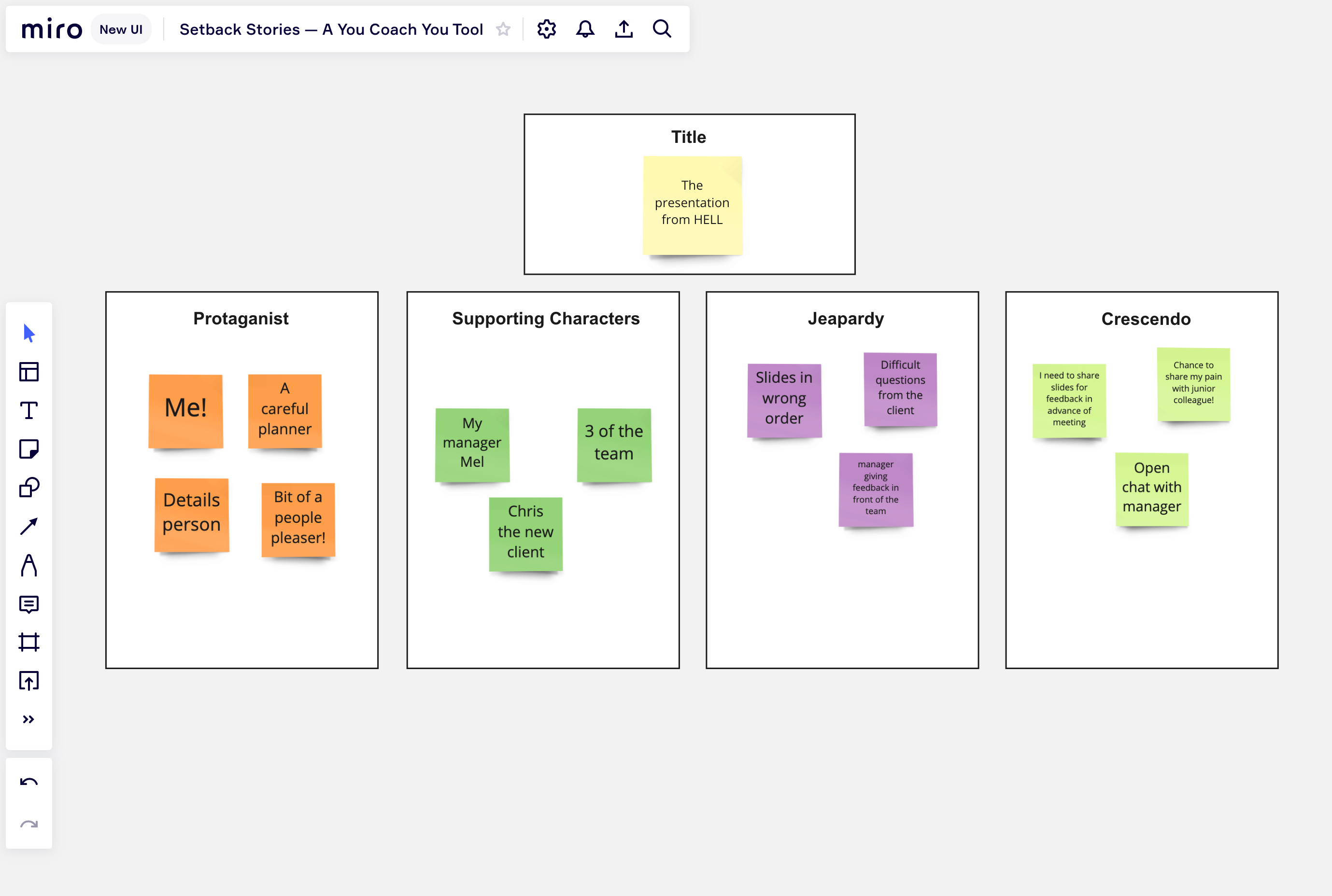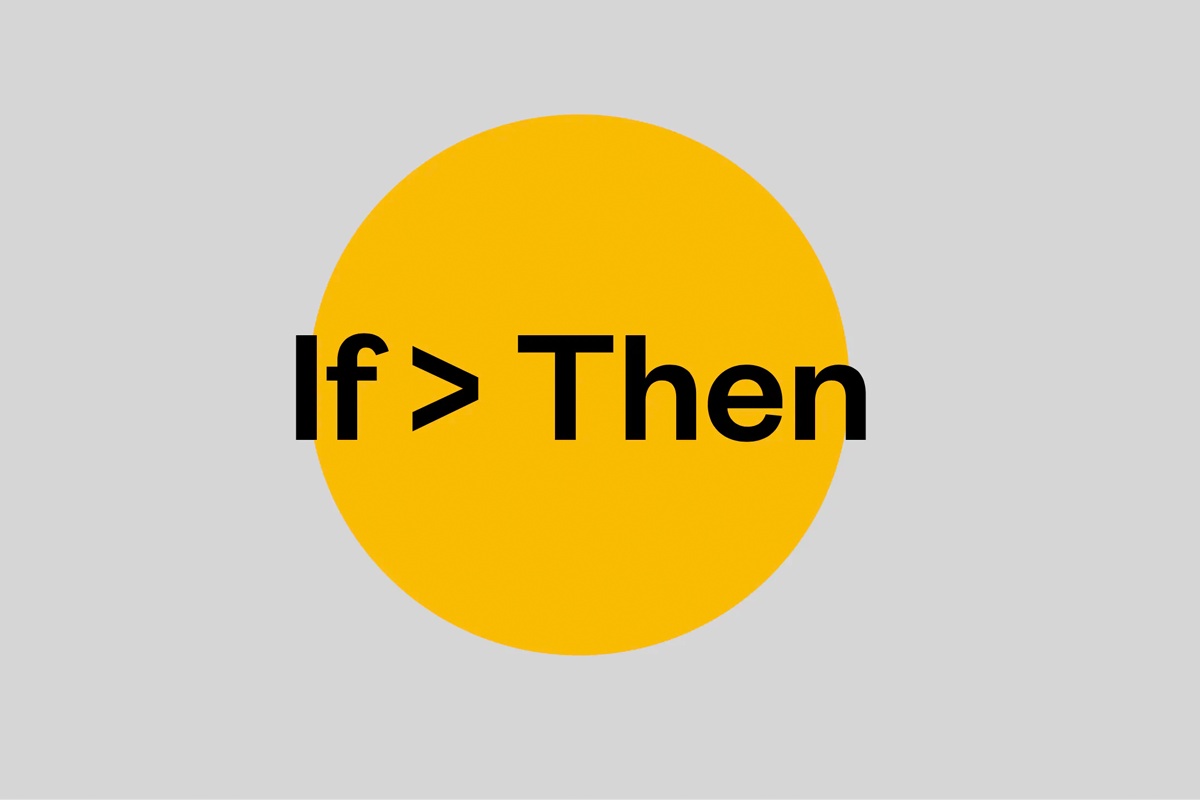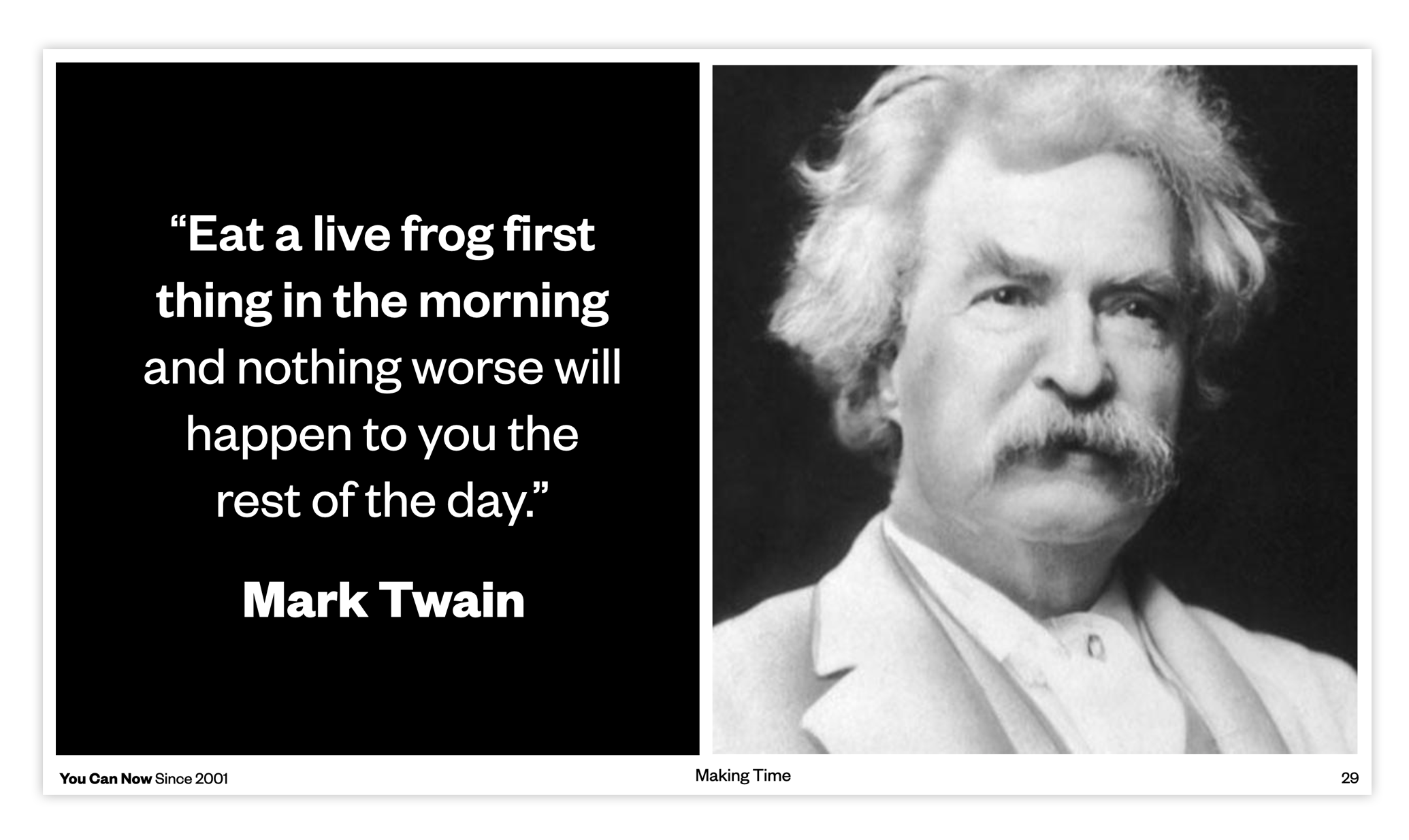For you, new and popular
Practice the principles of persuasion from 'Godfather of Influence,' Robert Cialdini.

If anyone's earned the title ‘Godfather of Influence,’ it’s Robert Cialdini. His three years undercover at car dealerships, telemarketing firms and fundraising organisations bore two bestselling books on persuasion tactics, a seat on Obama’s reelection campaign, and a position at D.C’s National Academy of Sciences. He’s even got a social psychology award named after him.
In a recent ‘Knowledge Project,’ podcast with Farnam Street’s Shane Parrish, Cialdini talked through his principles of persuasion; sharing actionable insights into harnessing the power of influence. Here we’ve shared six key take outs from the episode to up your influence every which way, and linking in with lateral courses and resources to help broaden your perspective.
What we learned when we listened
There is a key difference between the two. Manipulation doctors, or straight up falsifies truth, to solely benefit the person doing it. Influence doesn’t need to spin anything; it “points to truth where it naturally exists,” as Cialdini says, and often benefits everyone involved. It’s based on, and maintains, good relationships, and doesn’t leave anyone feeling tricked.
👉 If you’re interested in the practice of ethically influencing (both yourself and others), come along to our Behavioural Design Lab for a hands on exploration, and to take away tools for instant experimentation.
Cialdini’s first principle of persuasion concerns the all too human desire to return favours and give back when given to. And there’s a couple of key cornerstones to consider.
When you give first - unprompted, and with no expectation of getting something in return - the person’s impulse to give back is twice as strong. Cialdini discusses a recent study from McDonalds, where children were given balloons on arrival. Families who were given the balloon the moment they walked in spent 25% more than families who were given one on the way out.
There’s also a time limit. A person’s need to give back peaks the moment you give something (a concession at a negotiation, a gift, a favour), and slowly peters out over time.
👉 What do you have that someone else needs? How can you influence with generosity today?
The second principle of persuasion is likeability; we want to help the people we like. And who do we like? People like us, and people who like us.
Digging for common ground is a great way to influence with likeability. Say you were talking with your manager and they mentioned a band you like. Or maybe you’re bargaining for a new salary and discover the negotiator has just returned from a holiday in the country you were born in. Bring it up - find commonalities wherever they may be and start a dialogue.
Making a person feel liked is another great influencing tool. Joe Girard, as Cialdini points out, was a Guinness world record salesman, selling an average of six cars per day. The secret to his success? Every person who bought a car from him would receive a greetings card the next Christmas, Easter or coming holiday. All it said inside was ‘I like you - Joe Girard.’
👉 Where can you find common ground today? Who can you find it with? Who can you show appreciation and affection to, and how can you show it? If you’d like to learn more about likeability, take our ten minute Charm School eCourse.
The basis of Cialdini’s commitment and consistency principles are simple - nobody wants to say one thing and do another. If someone verbally commits themselves to a role or an action, they’re much more likely to follow through.
Say you’re a project manager delegating work, but your team often misses deadlines or returns half-finished work. An incredibly simple fix is this - ask them, as you’re assigning work, “will you be able to complete this by the deadline?” and allow them to pause. If they say no, you know they’ll need more support. But if they say yes, you’ve just tripled the likelihood of a timely submission.
👉 How can you use the commitment and consistency principles today? What behaviour would you like to influence, and how can you get a pledge or promise to change from someone specifically?
Particularly when persuading people to purchase, there’s no better principle than scarcity. It’s what makes phrases like ‘limited edition,’ or ‘just 10 tickets left,’ so tempting, and works just as well with more abstract concepts like time.
Our bias against loss, or ‘loss aversion,’ plays a big part in this. We’ll defend against losses twice as hard as we’ll fight for a gain. So when we’re faced with a loss, we act.
Cialdini discusses an advert he worked on for Bose. The first run of the ad boasted new features; better bass, top-notch treble, magnificent mids. It bombed. It wasn’t until Cialdini ran the ad with the slogan ‘Hear what you’ve been missing,” and changing the focus from a gain to a loss, that the speakers sold like hot-cakes.
👉 How can you motivate your clients, your customers, or even your team with scarcity today? Is there a decision you need someone to make, where emphasising timeliness could be the nudge they need?
Pointing to a common membership - a kind of shared tribe - is another persuasion principle. We want to help people on the same ‘team.’
Cialdini discusses a study done at a university in the states. When a young woman, collecting money for charity, asked students for donations she made ‘an average amount.’ But when she prefixed her request by saying “Hi, I’m a student here too and I’m collecting donations,” she received nearly 400% more. She’d pointed out their bond; their unity.
Likeability boosts the benefits of the unity principle, but it’s not essential. In the interview, Cialdini talks about his experience with a fellow social psychologist who, by his account, did not like him. When the professor refused to interrupt his day to send the research papers he desperately needed, Cialdini pointed to their unity: “We’ve been in the same psychology department for twelve years. I really need this.” Cialdini found the papers on his desk that afternoon.
👉 How can you use the unity principle today? What shared ‘team,’ can you point to, even across businesses or departments, to influence those around you?






